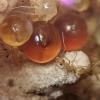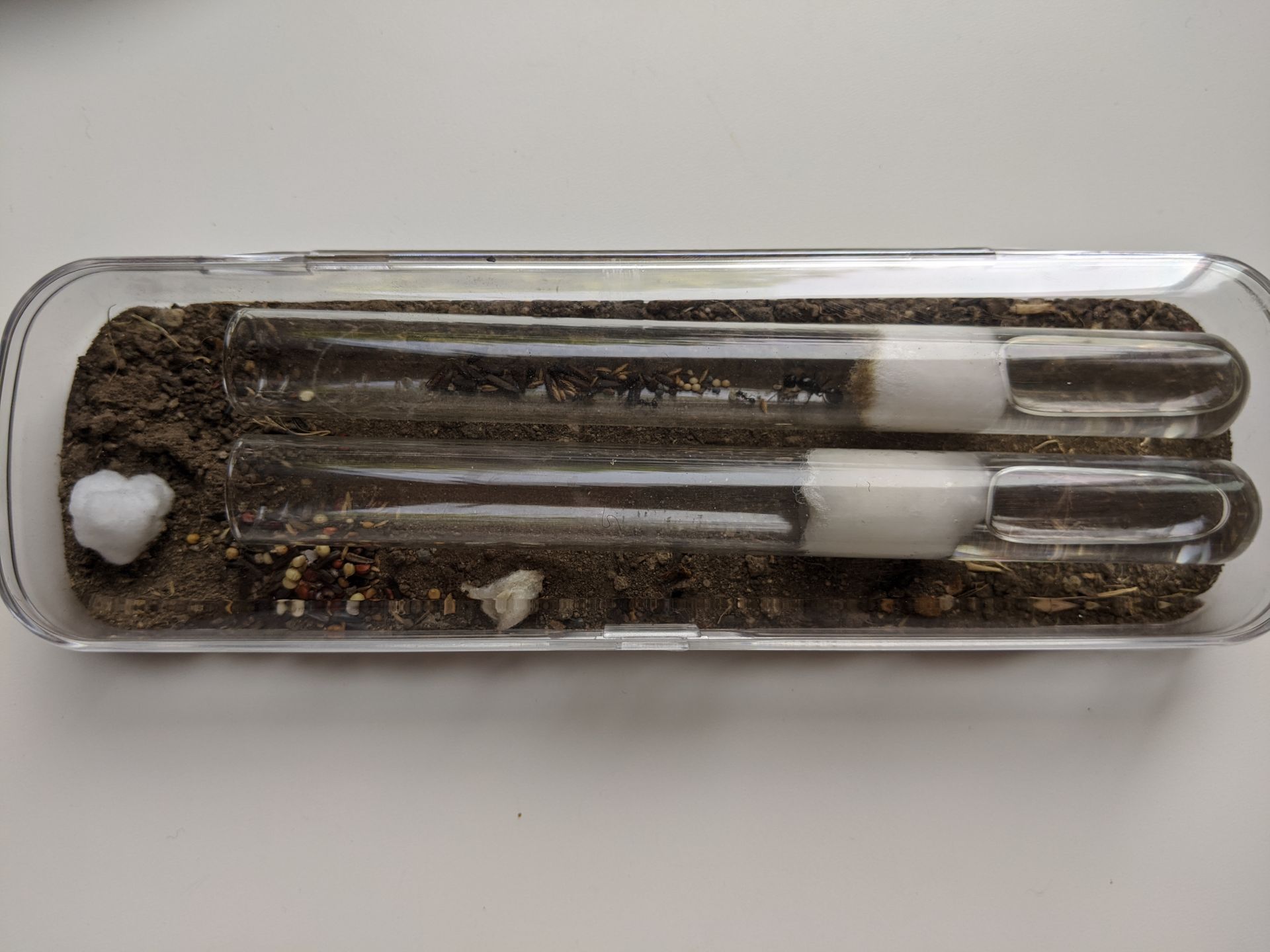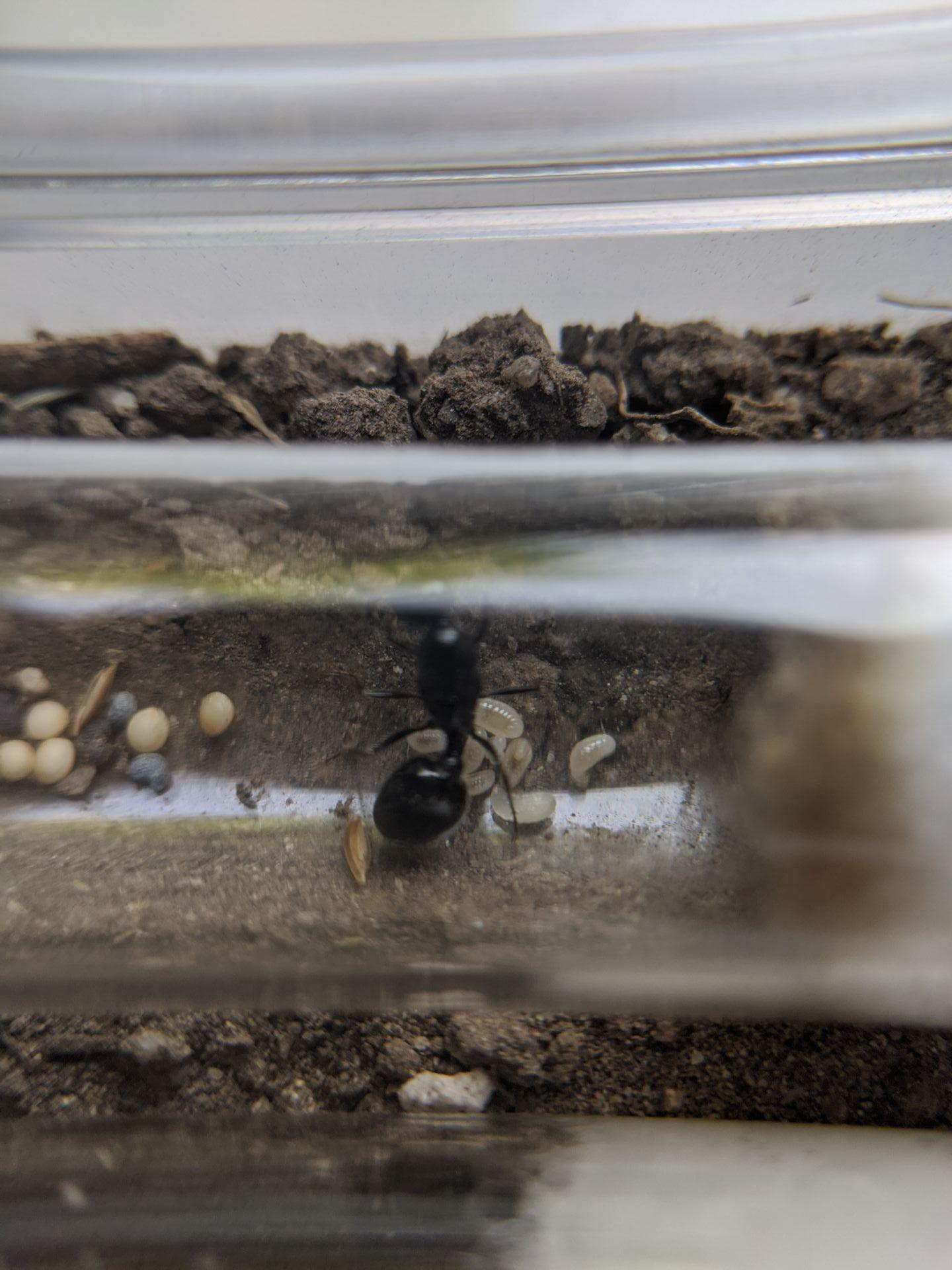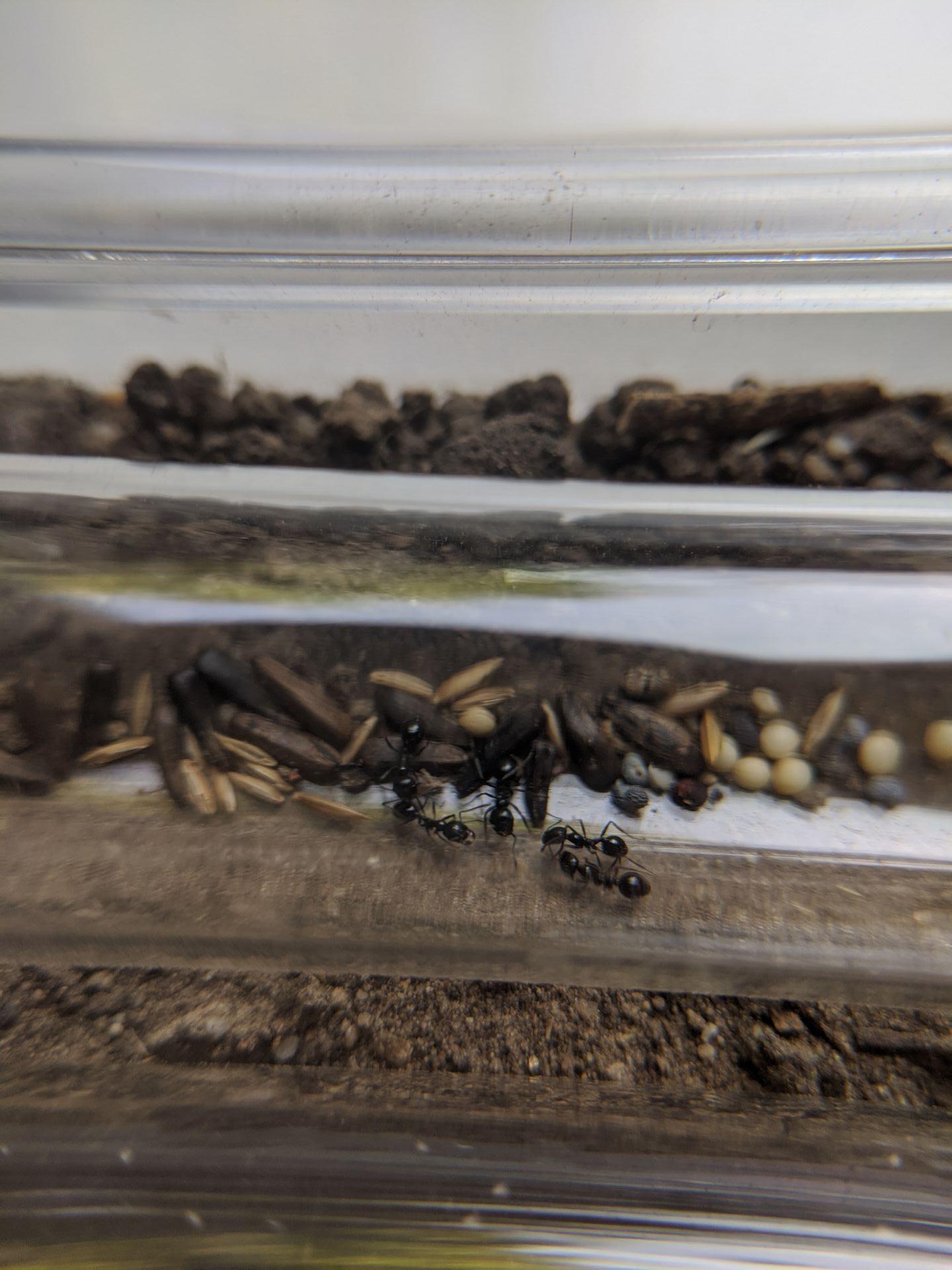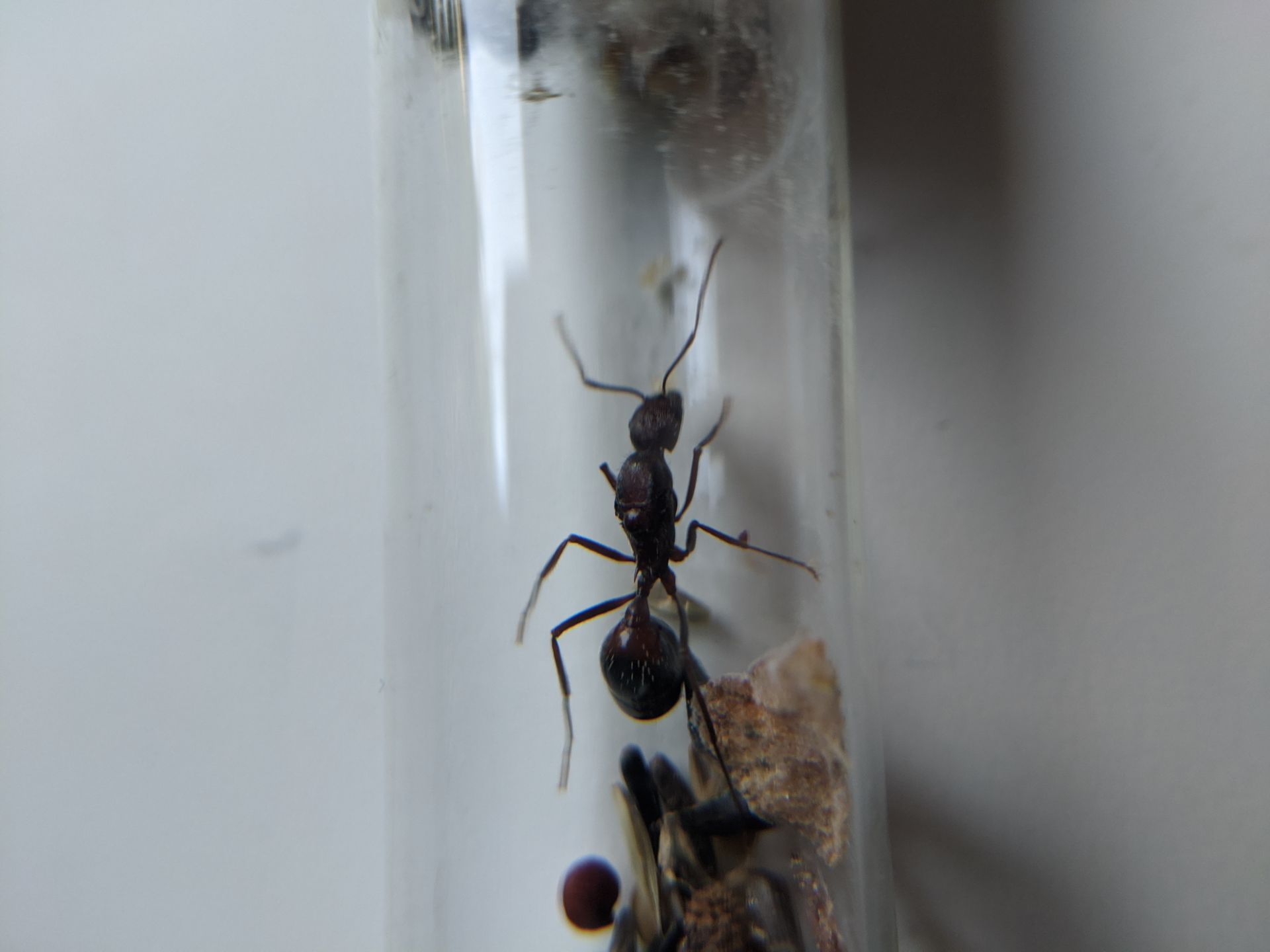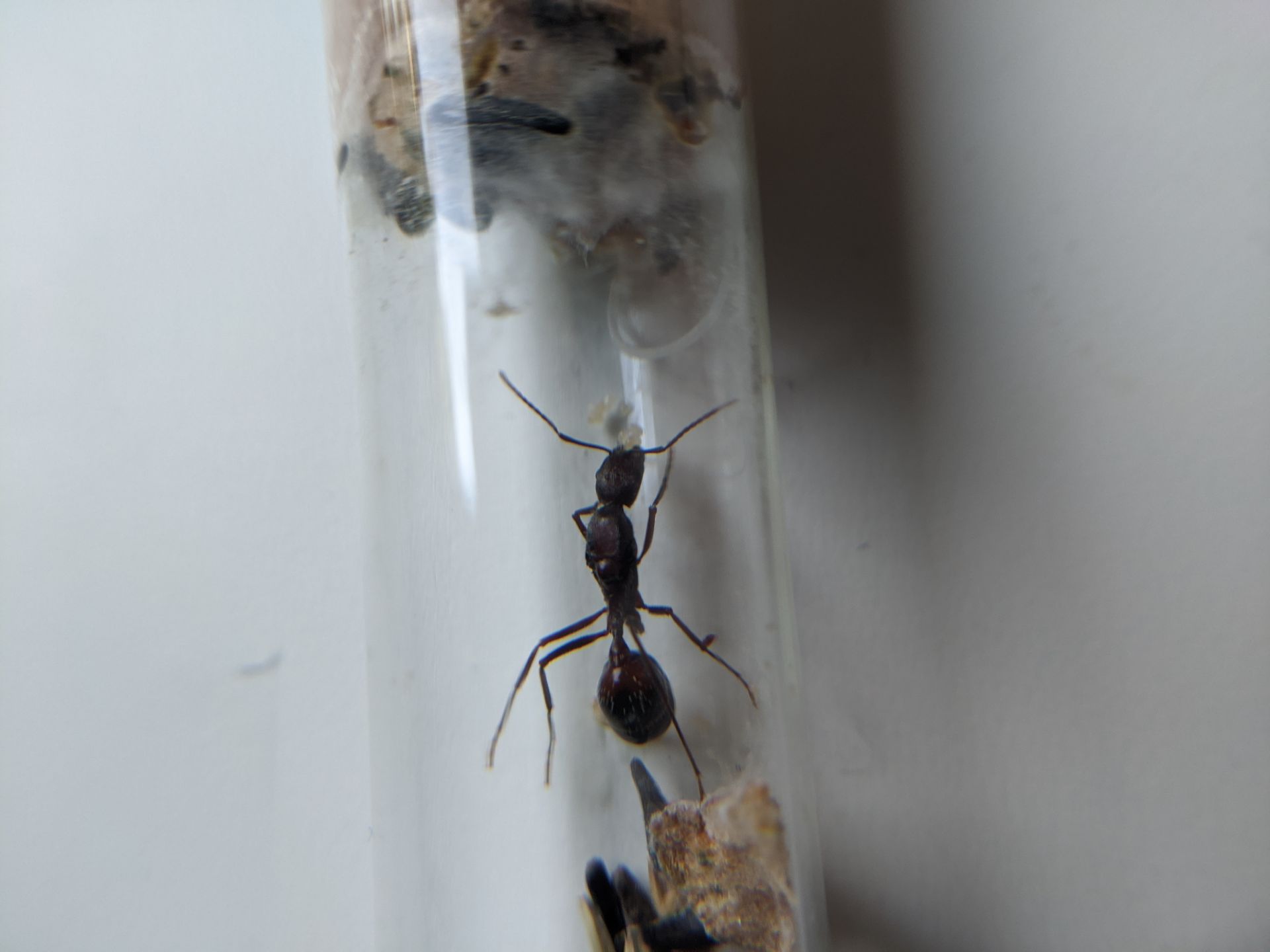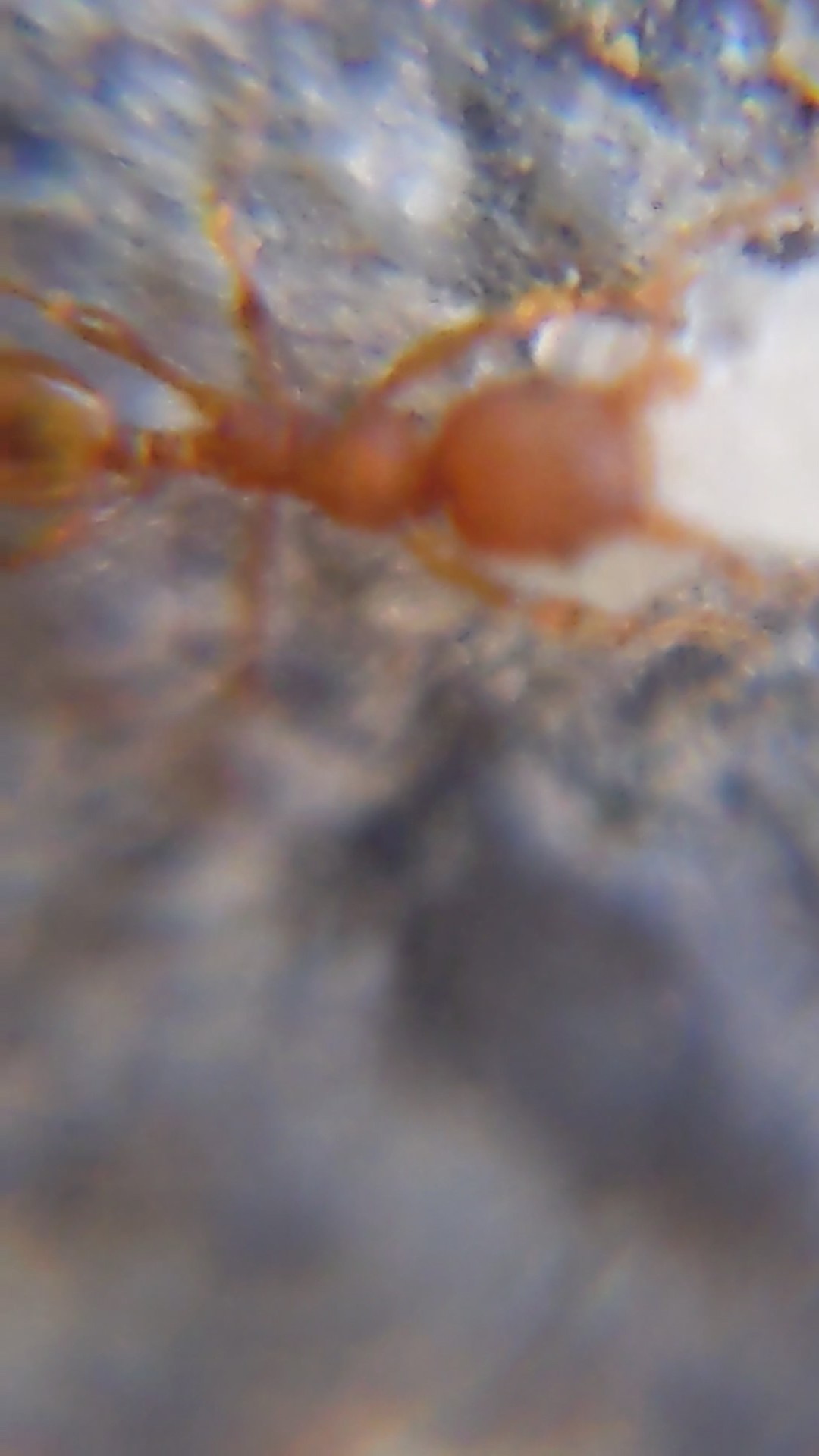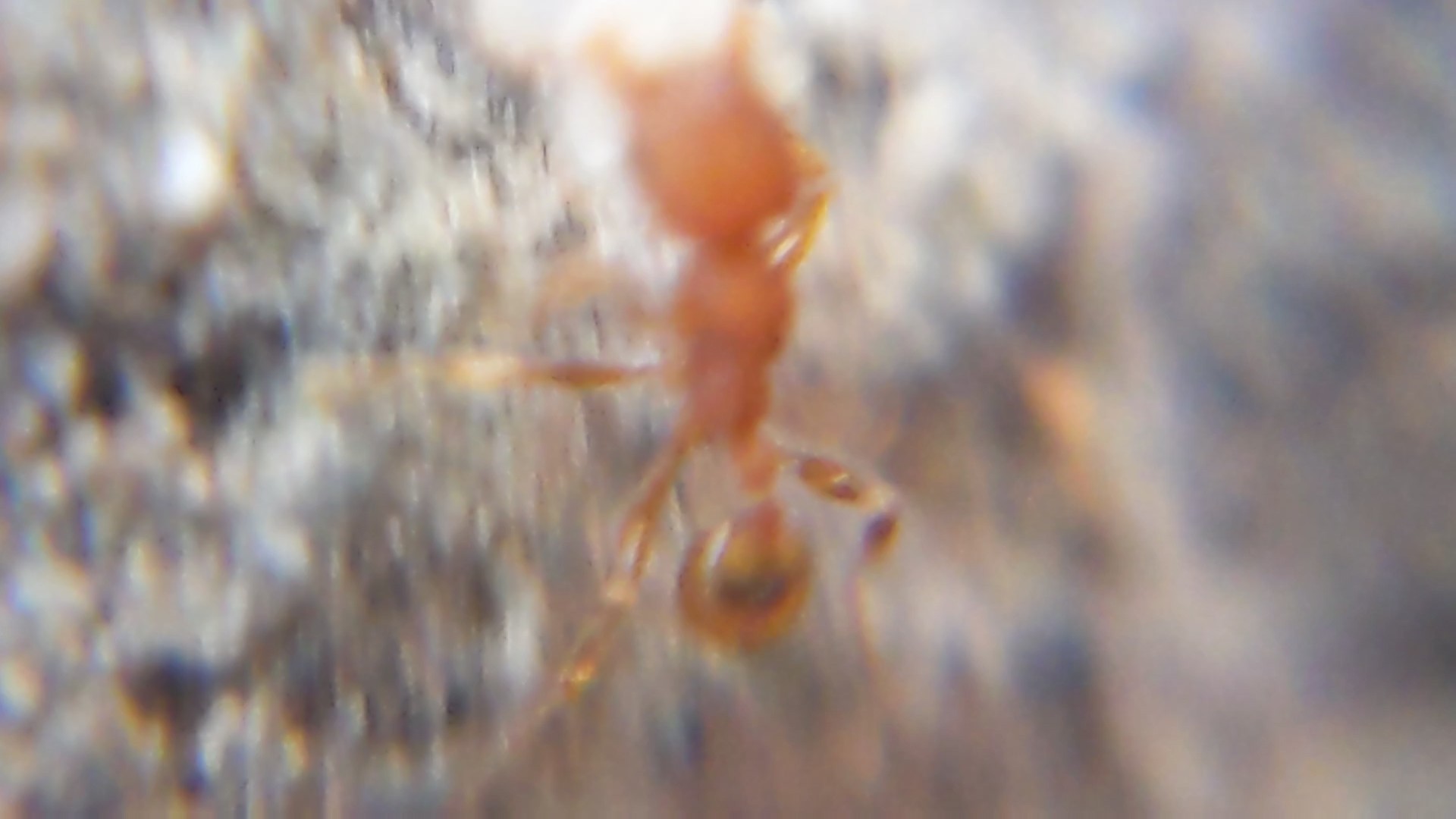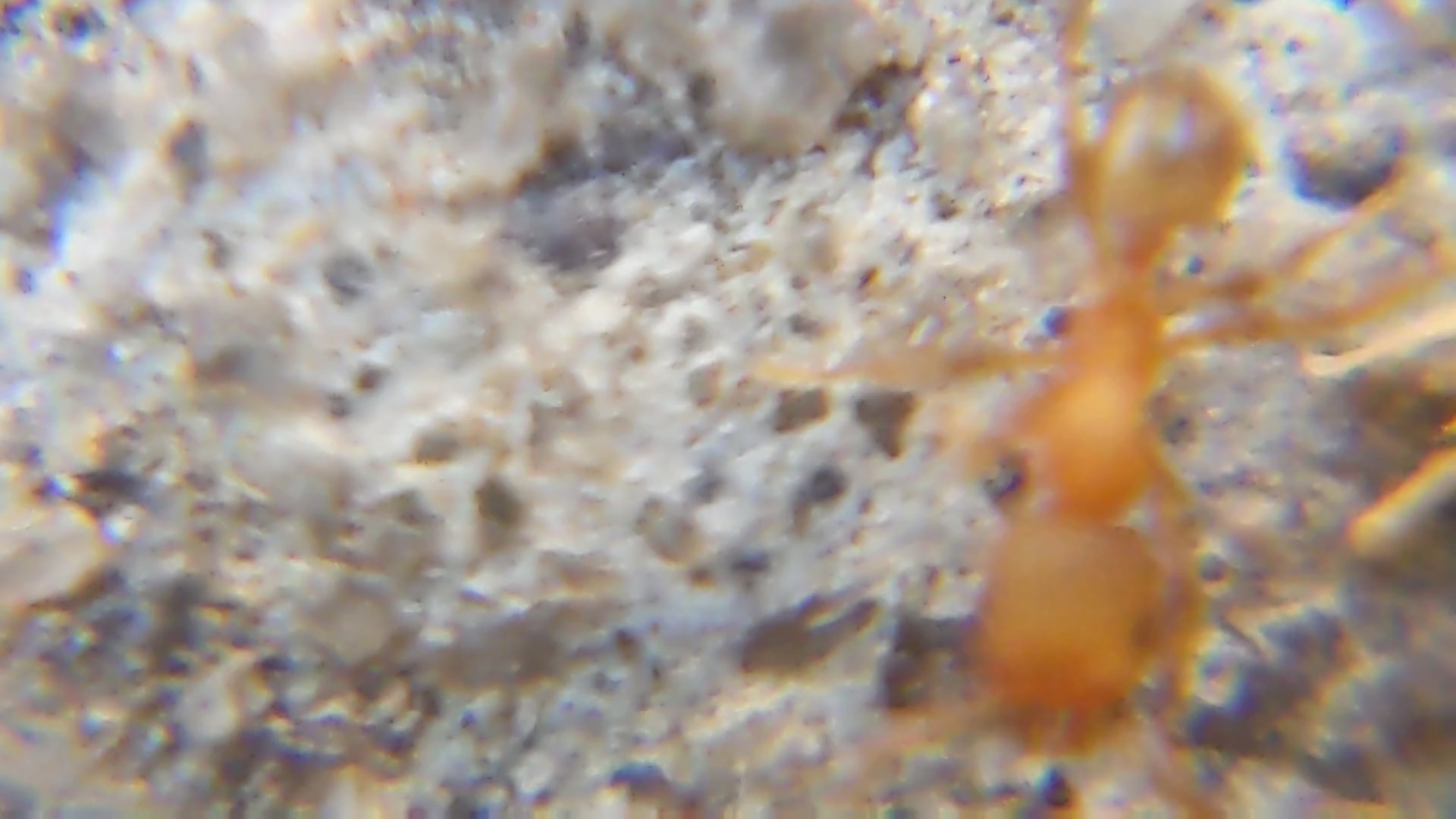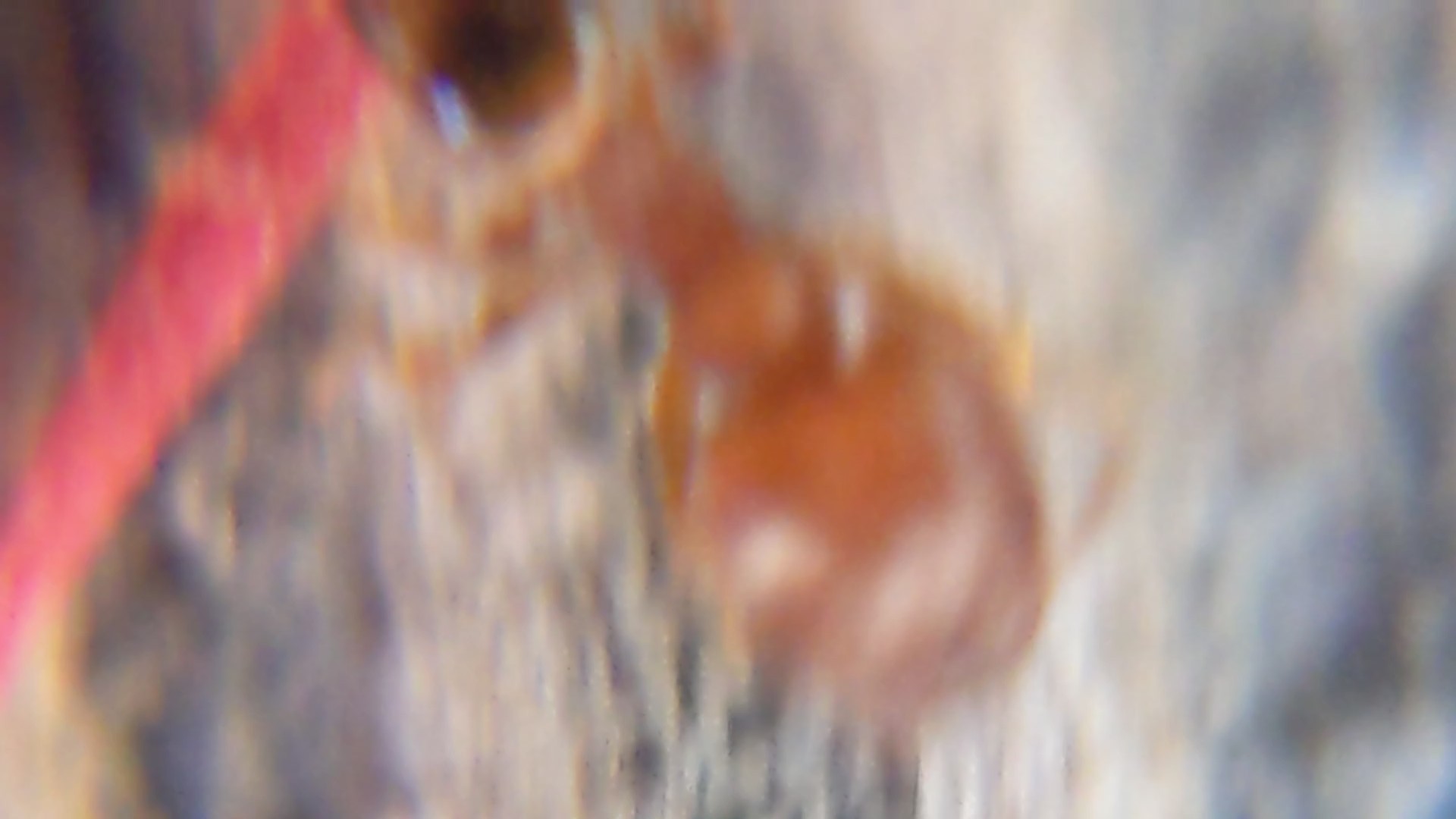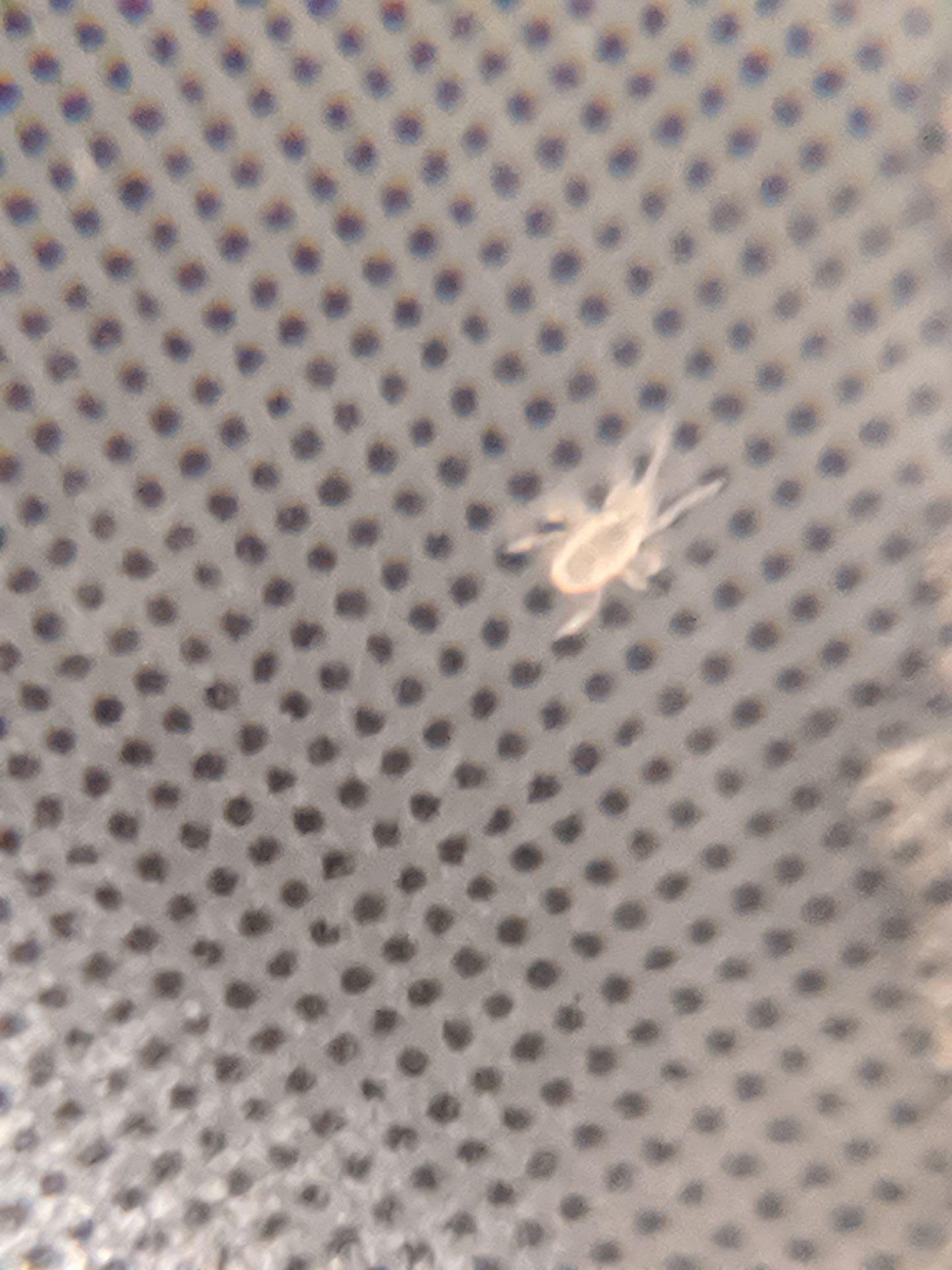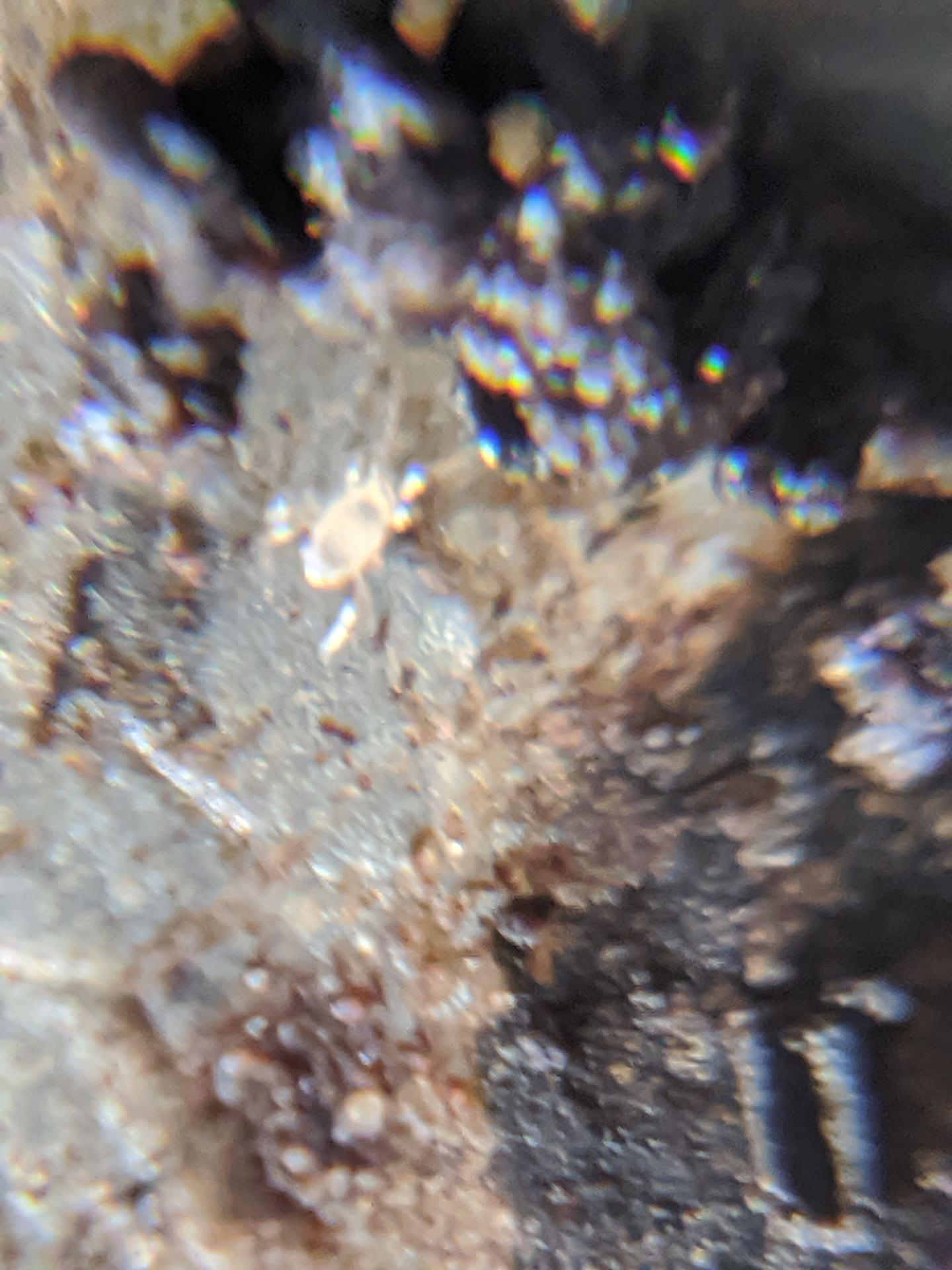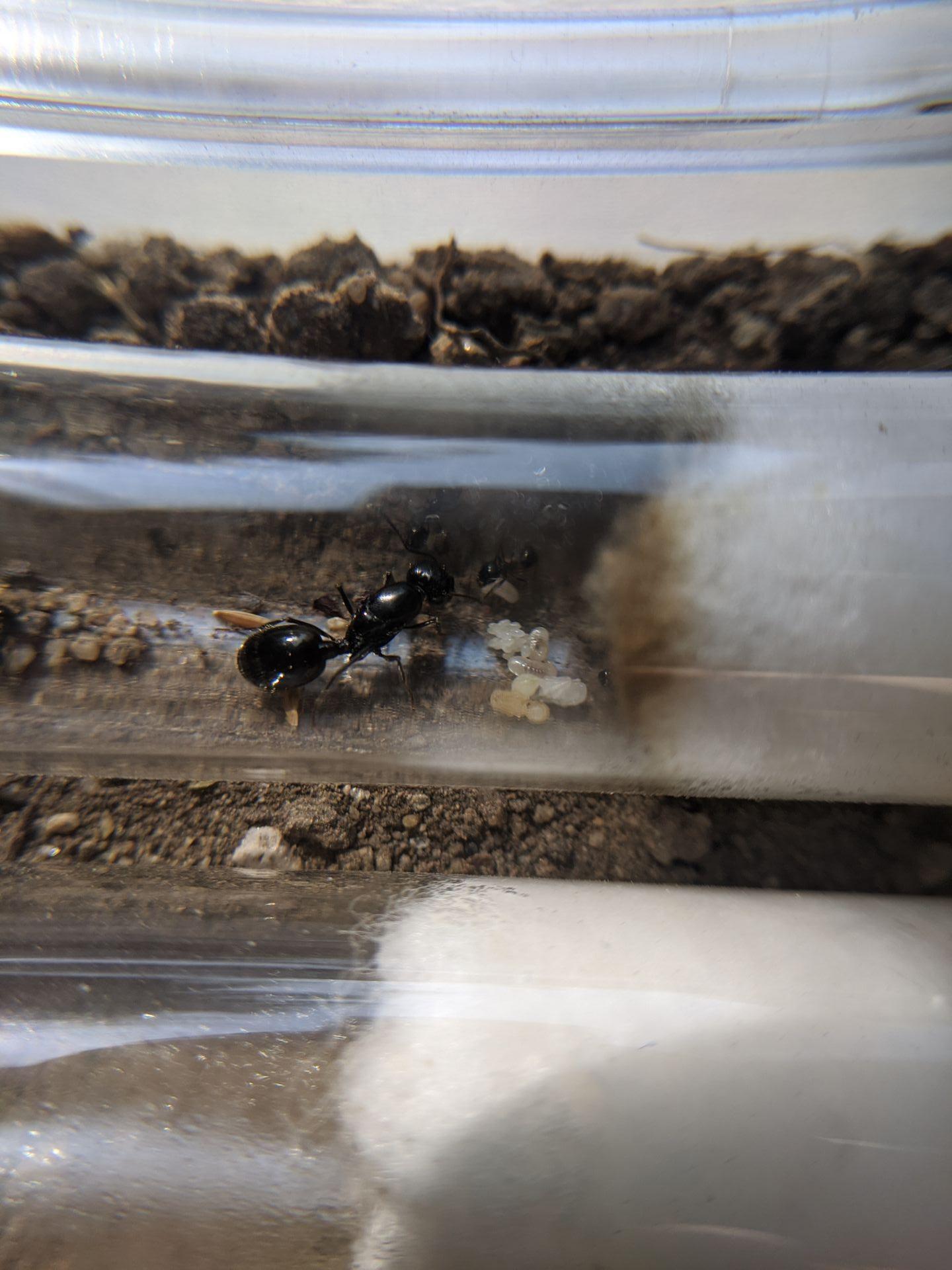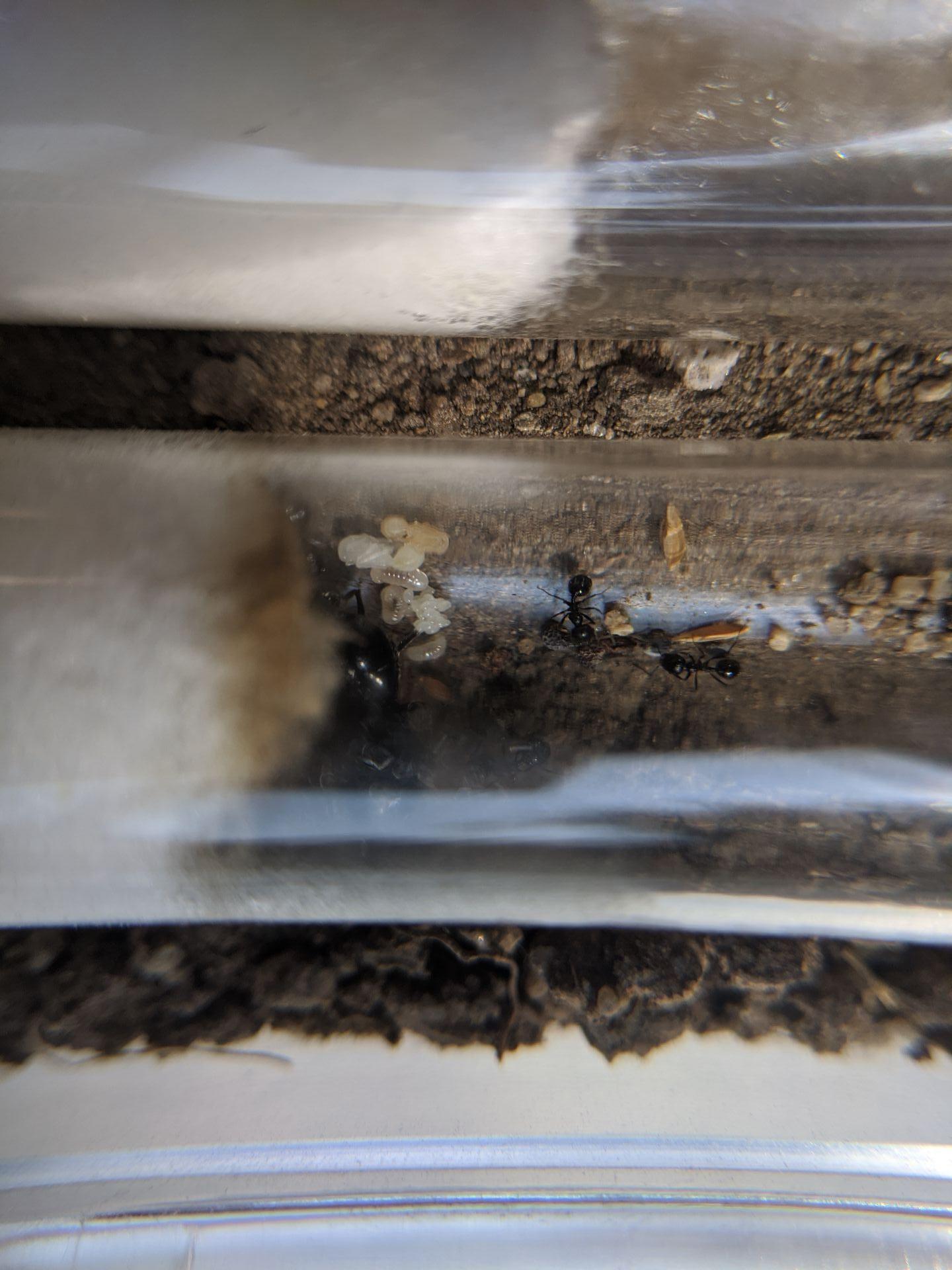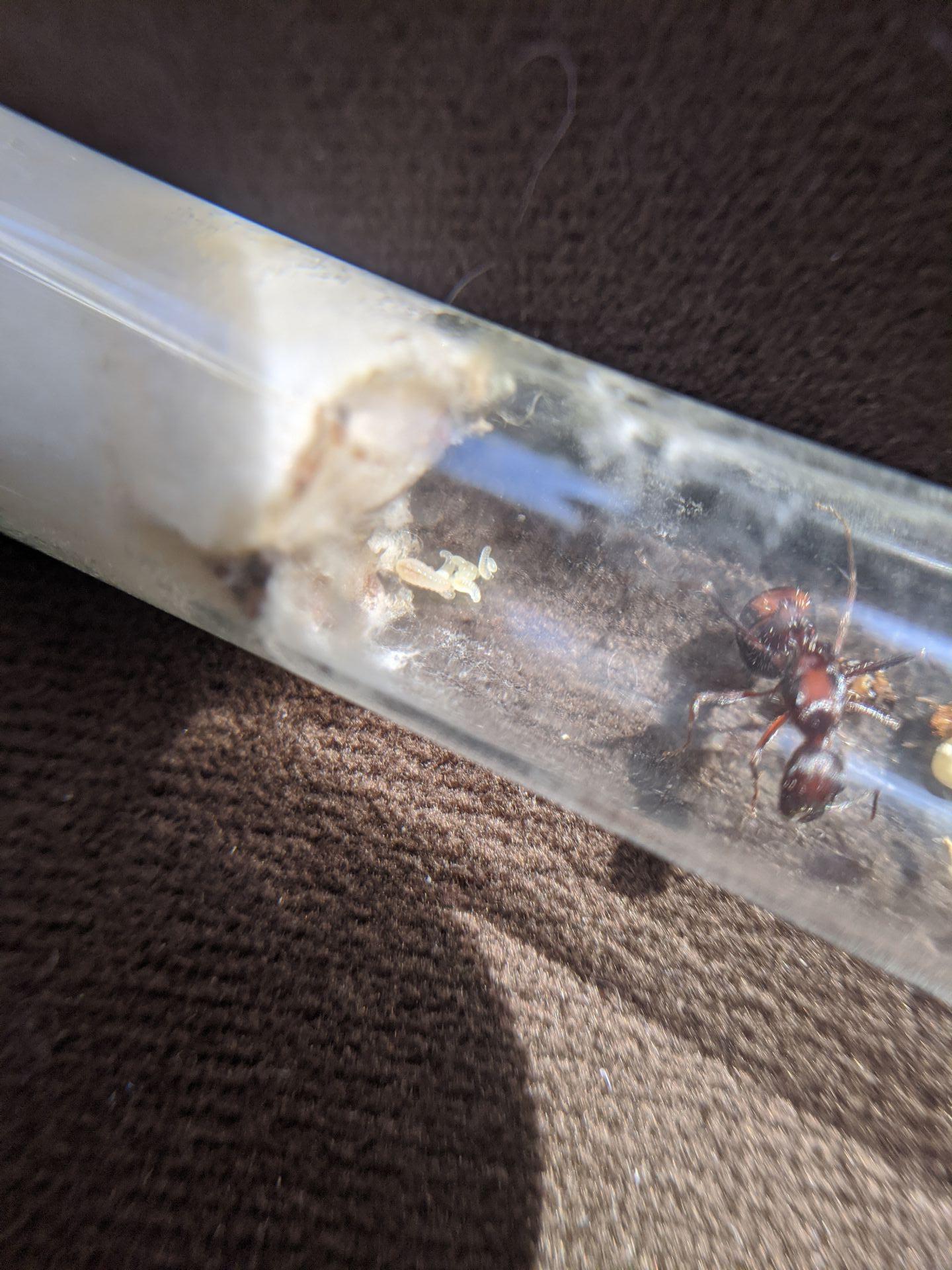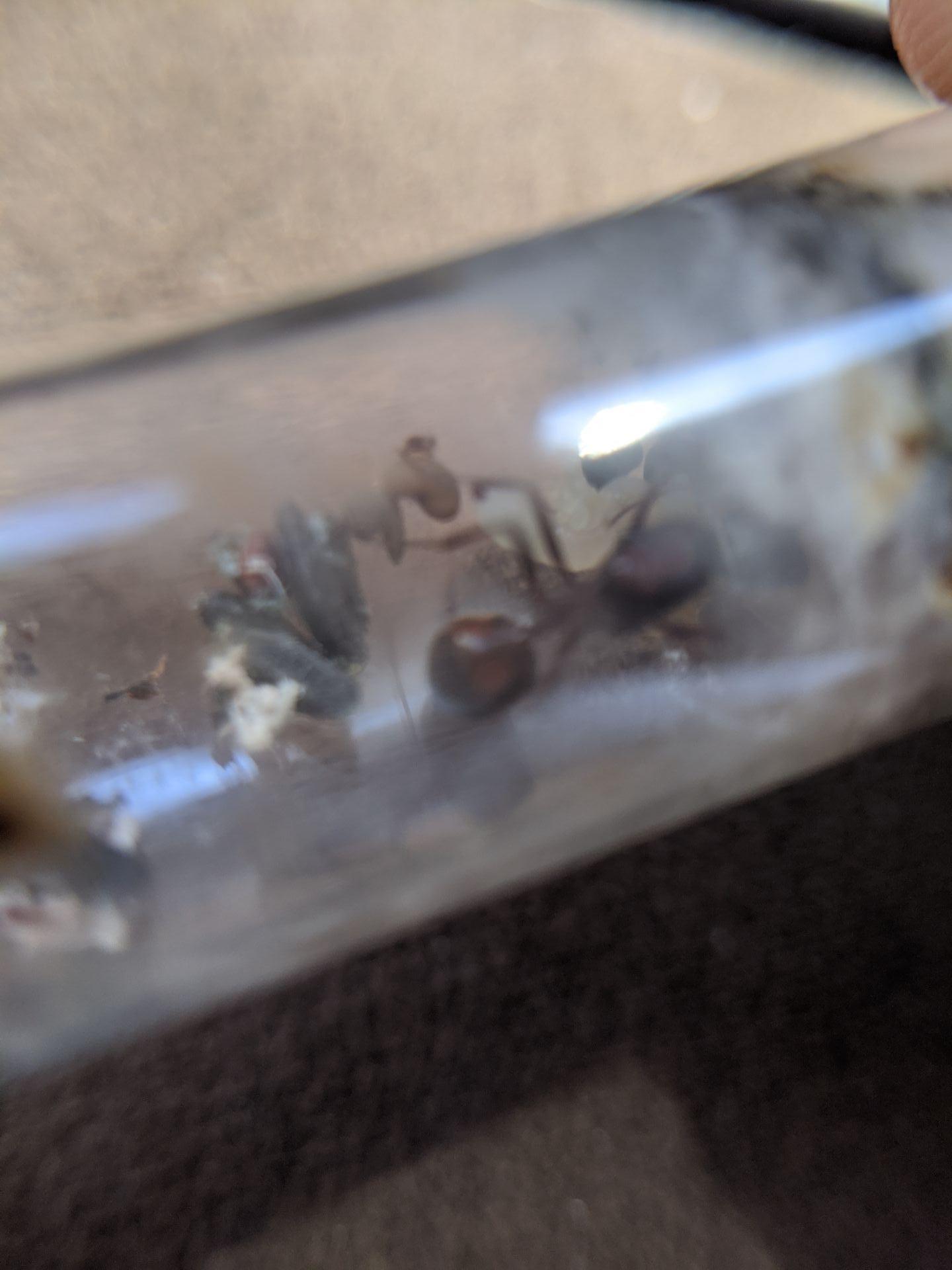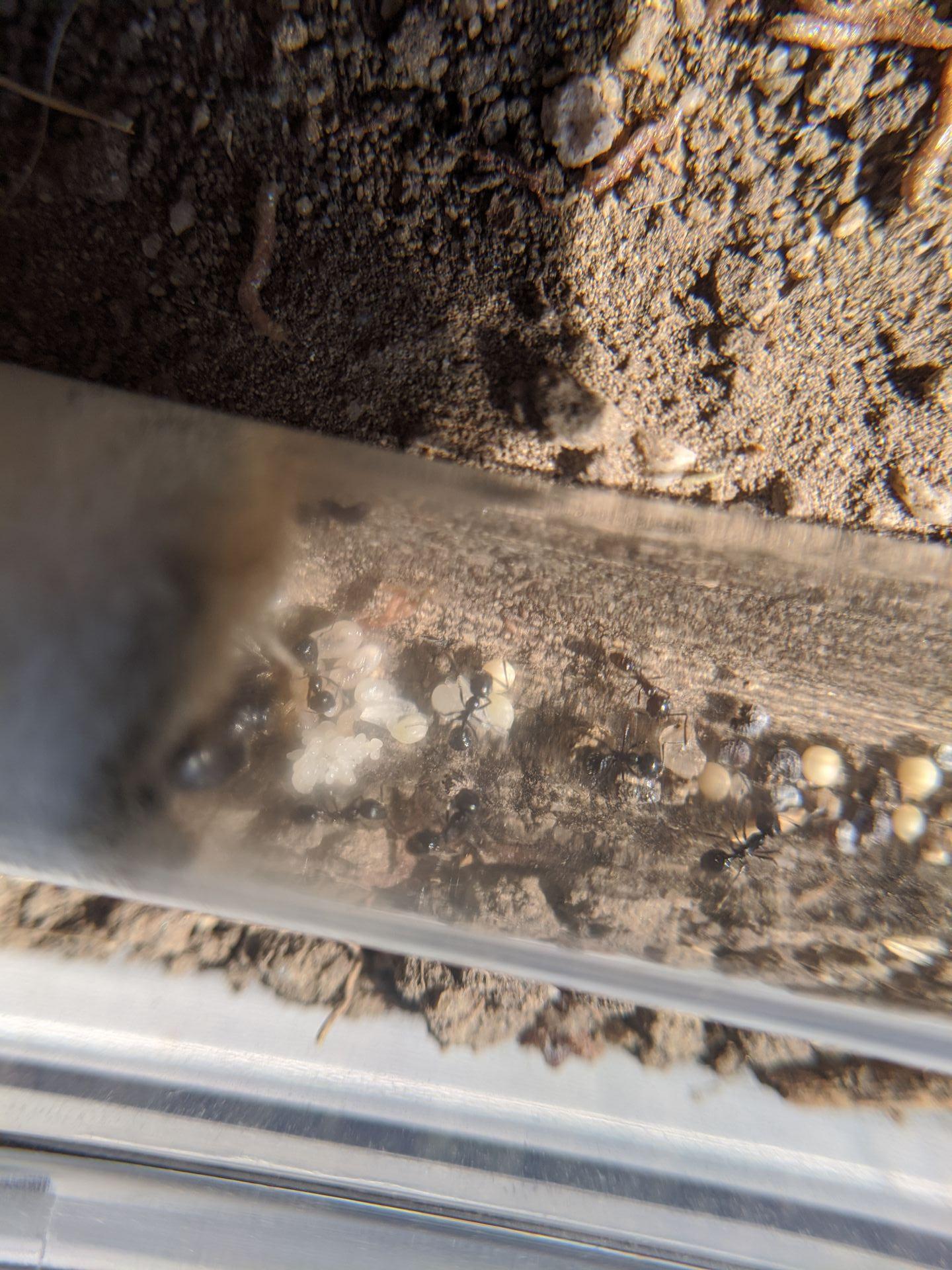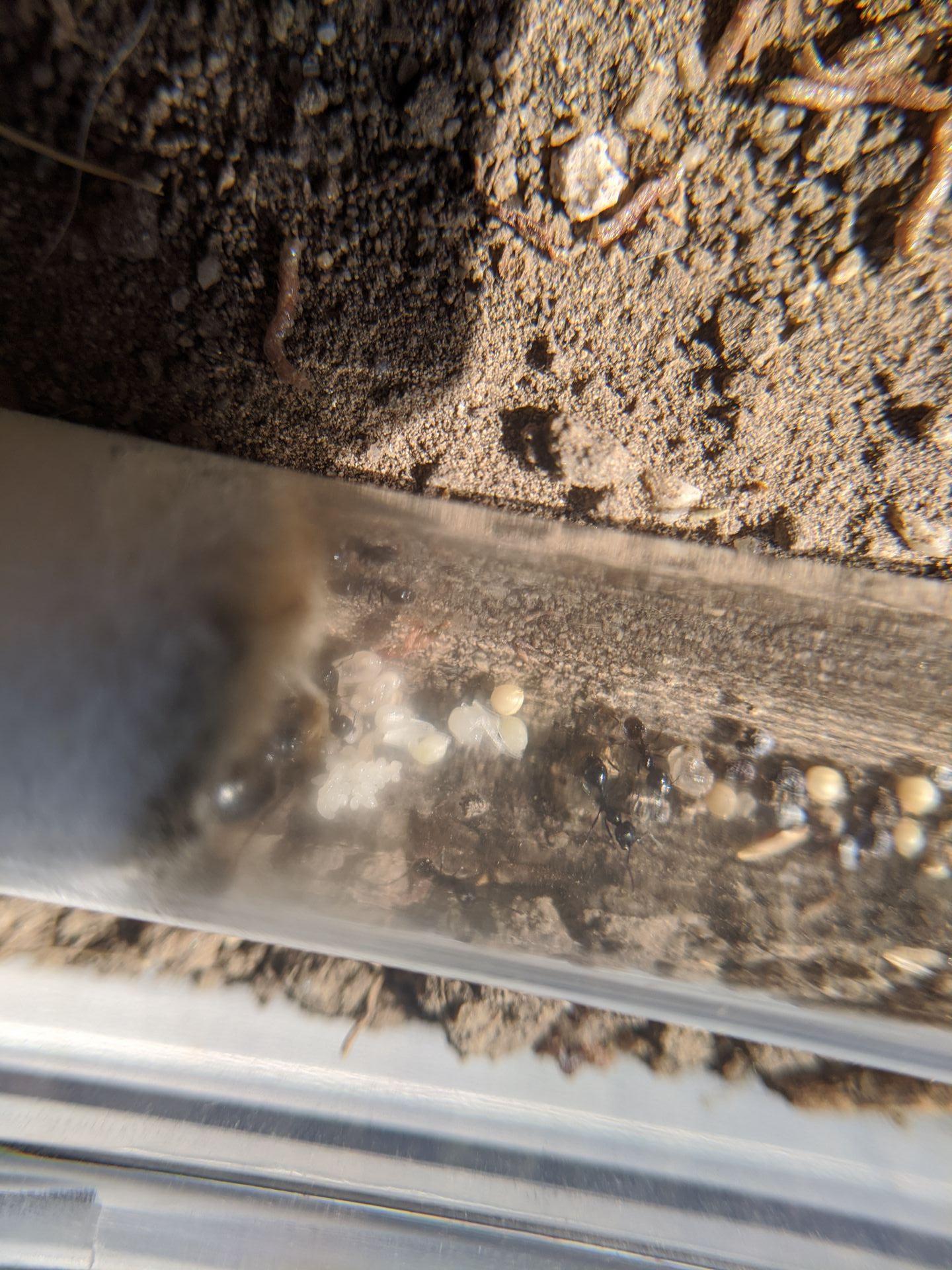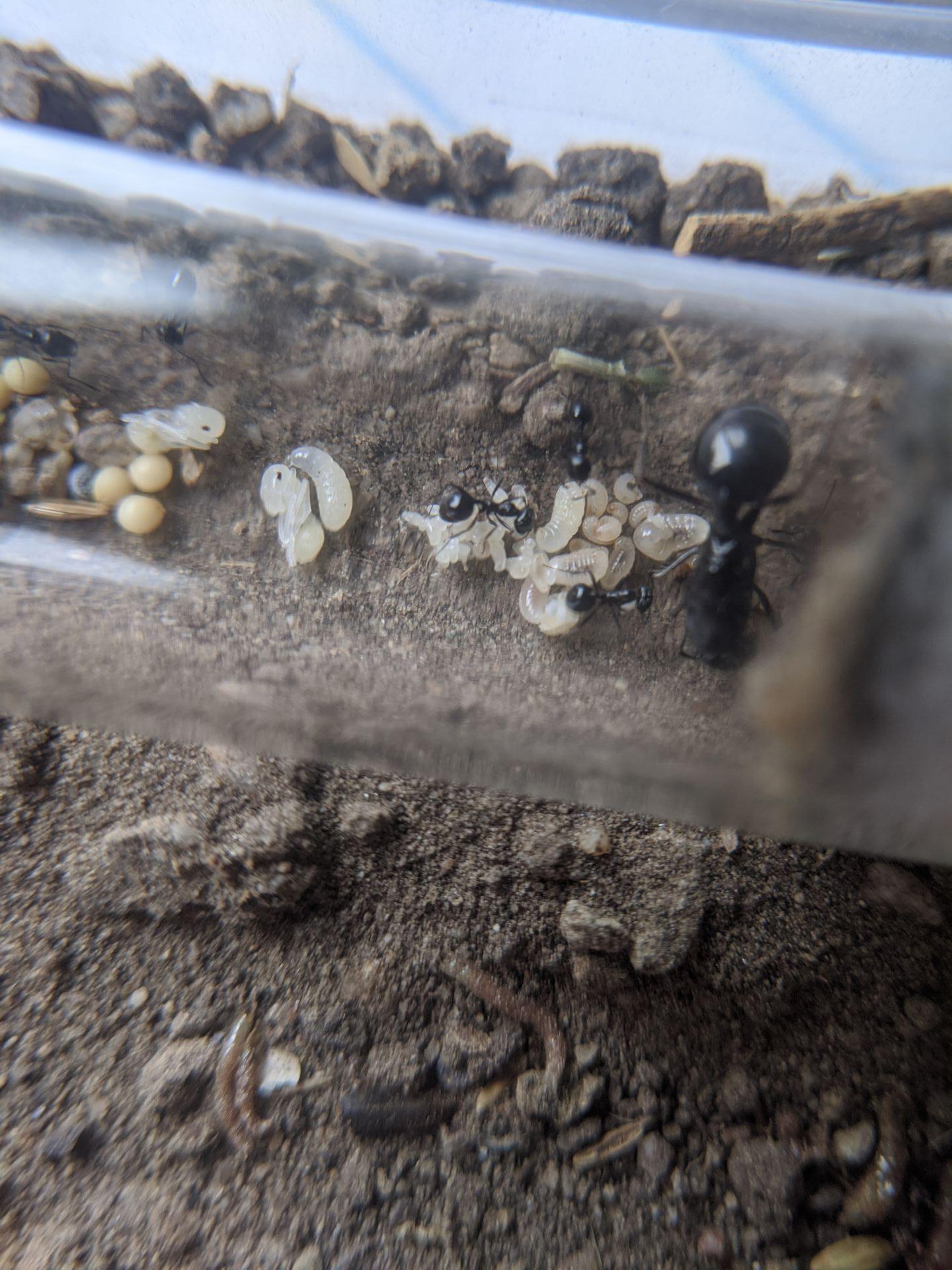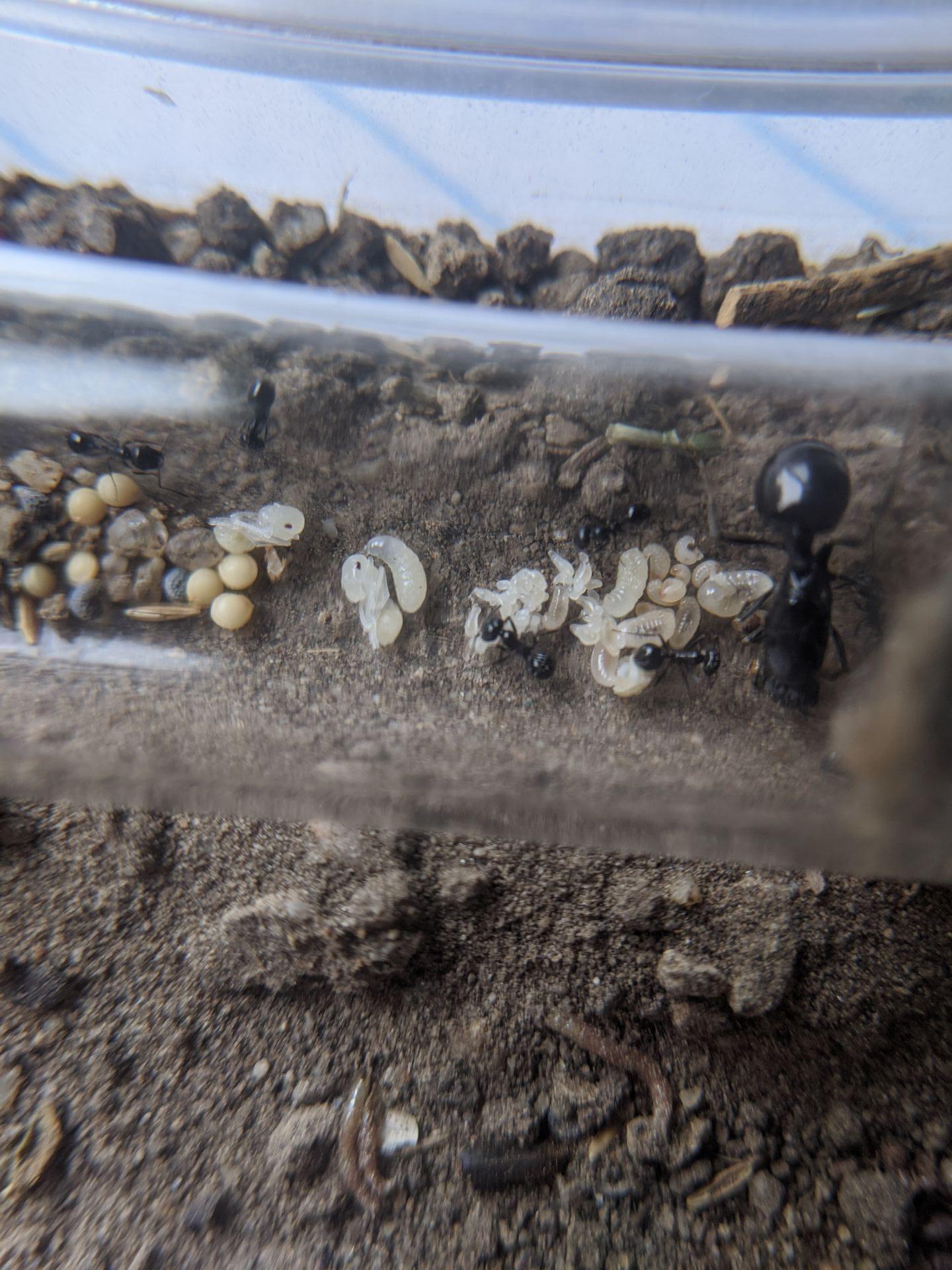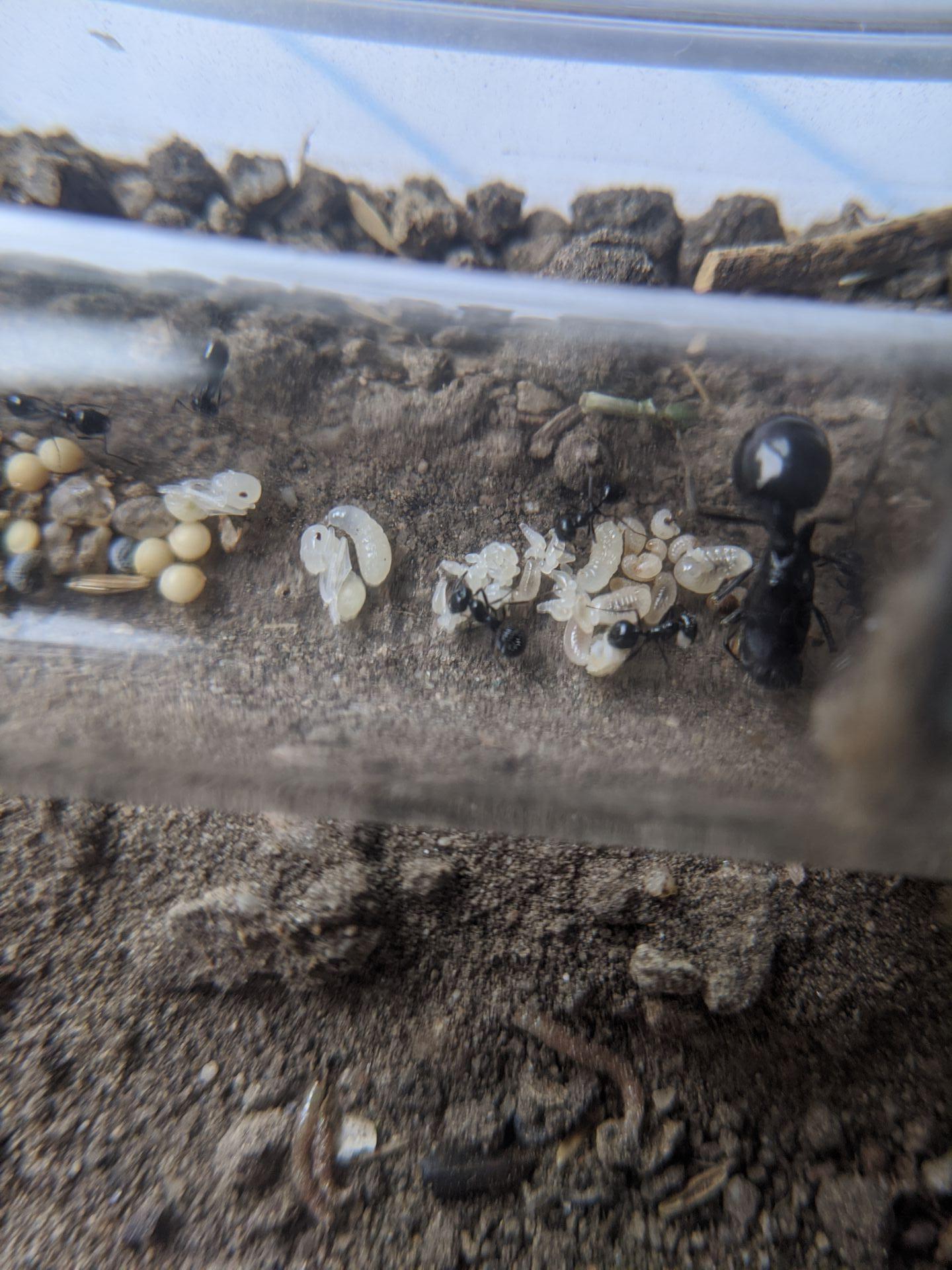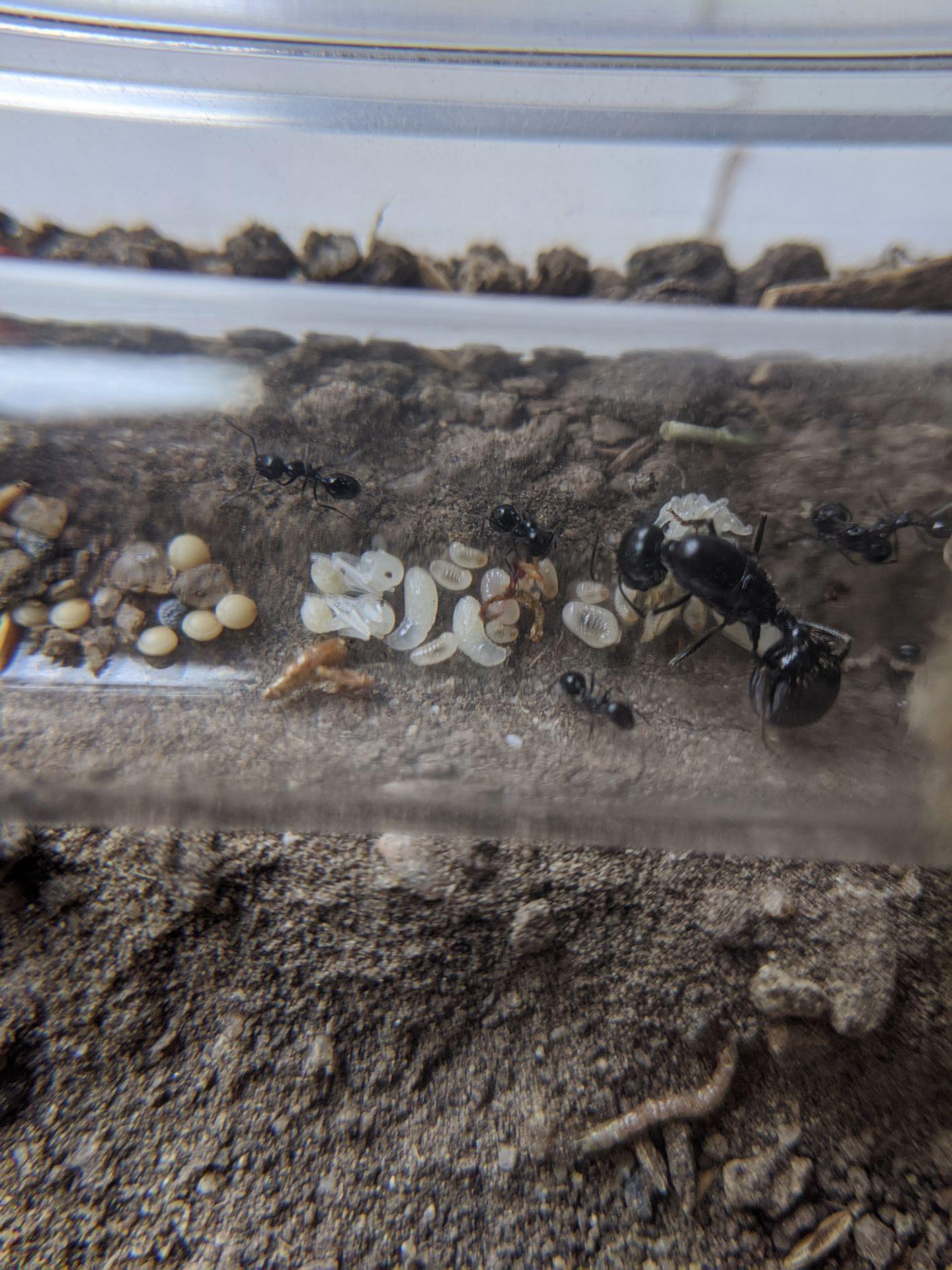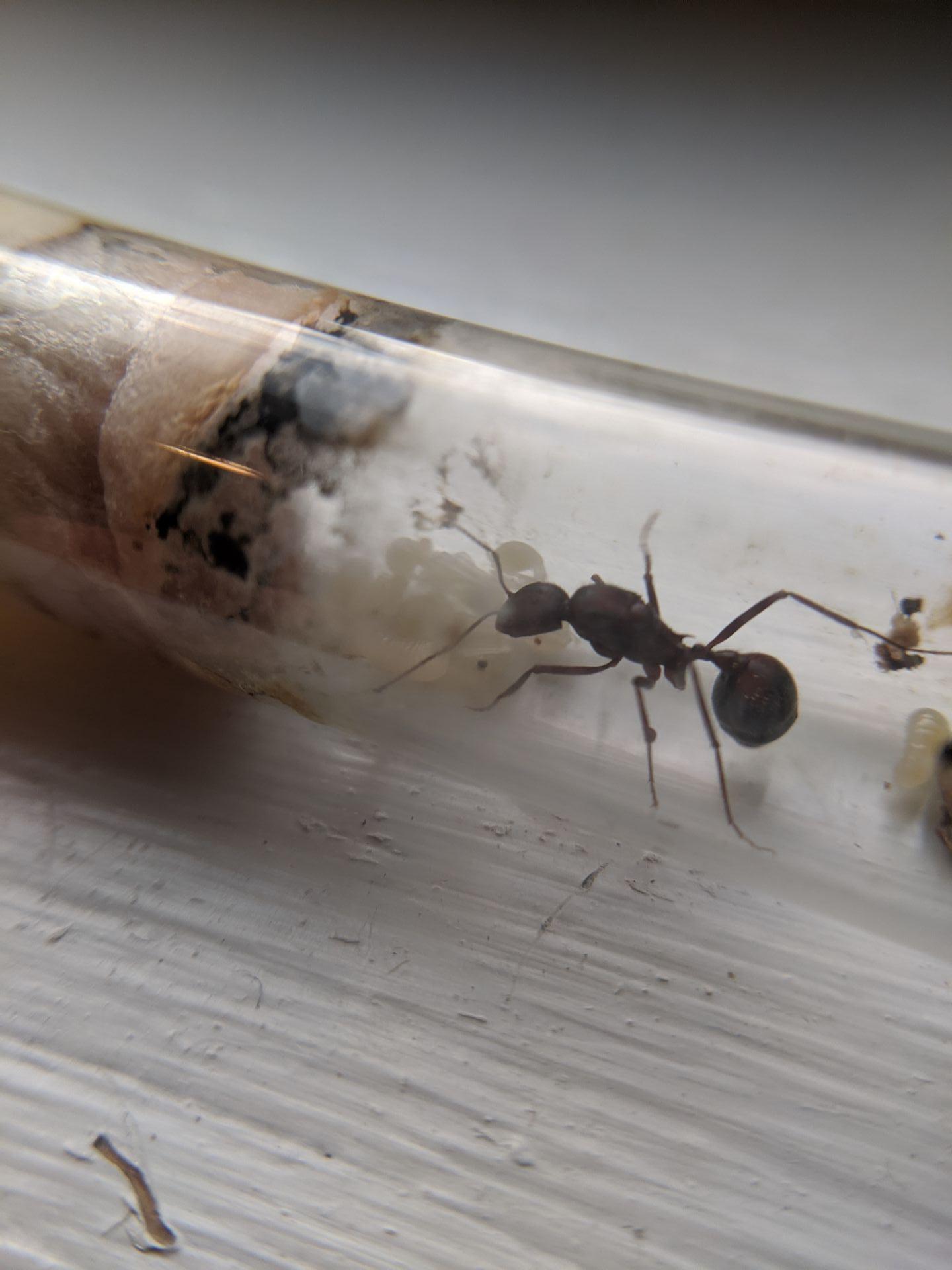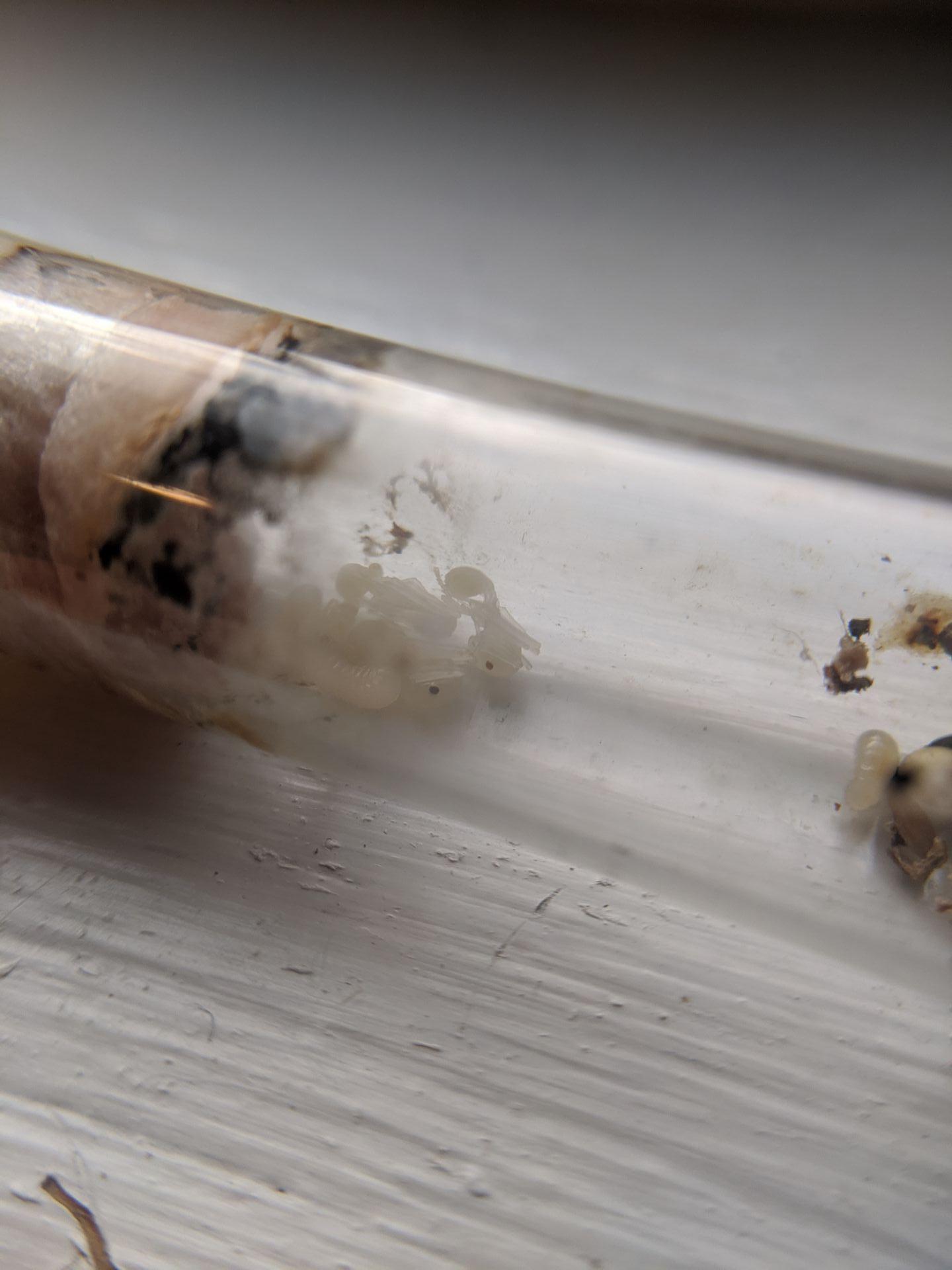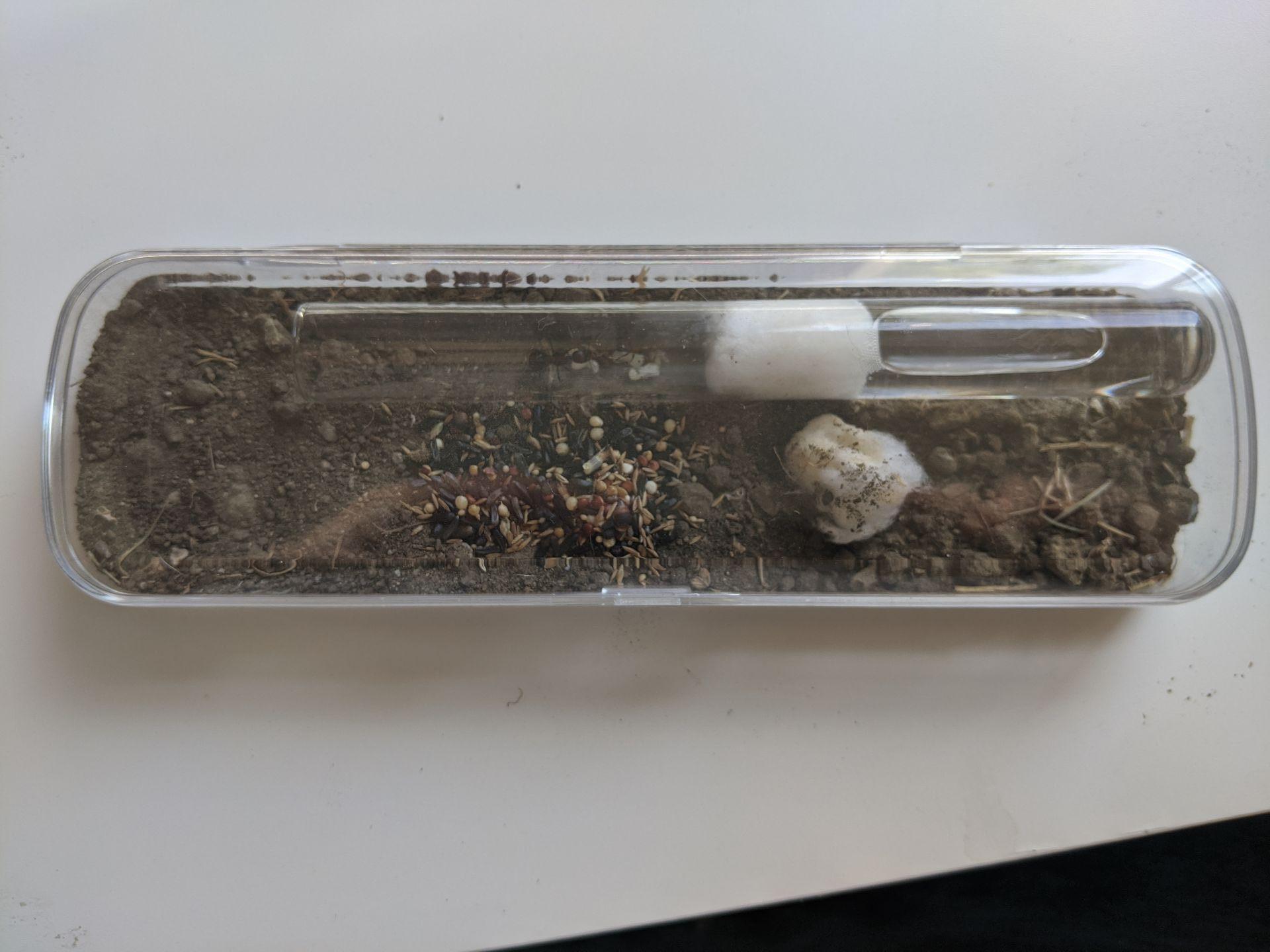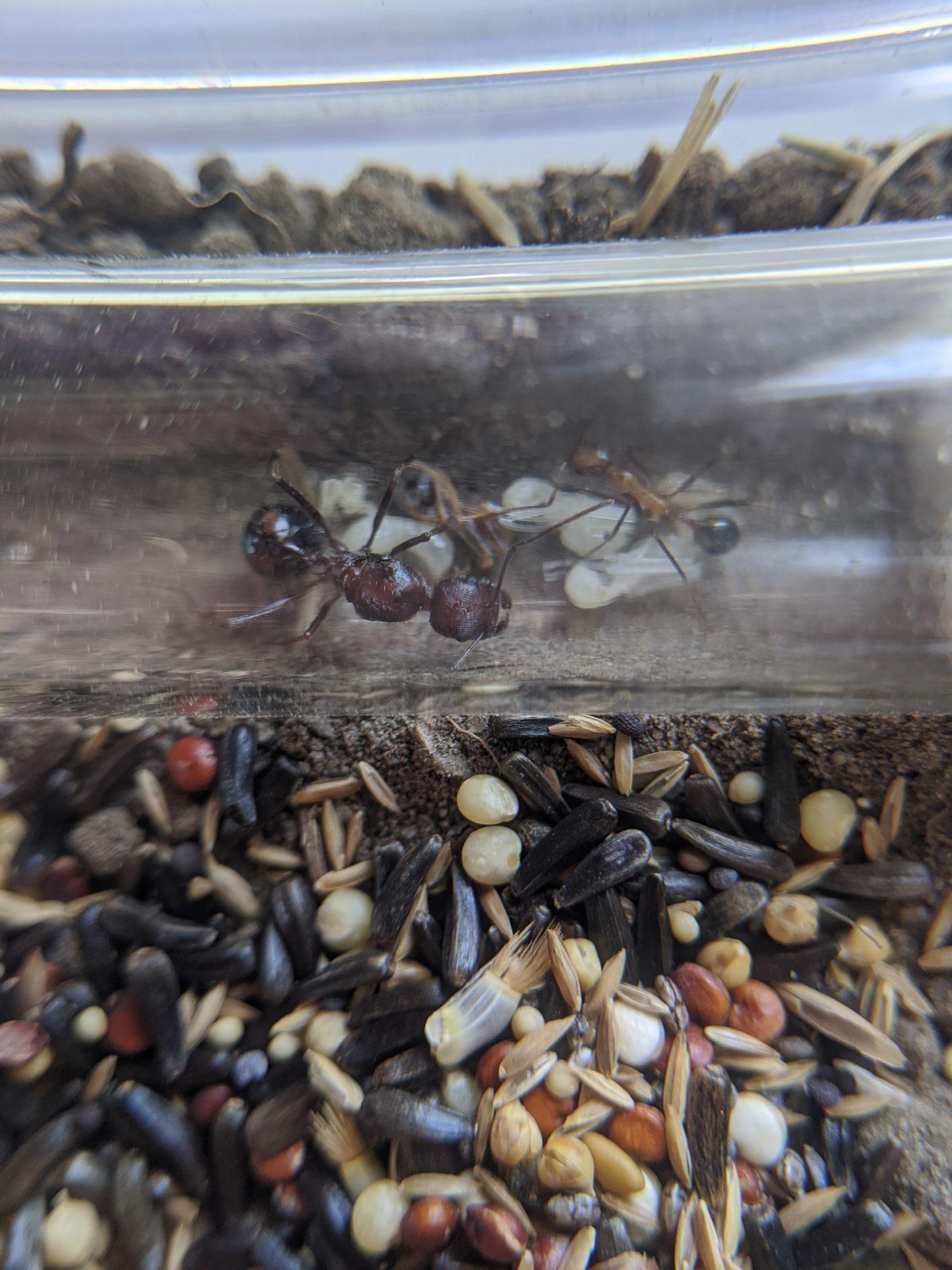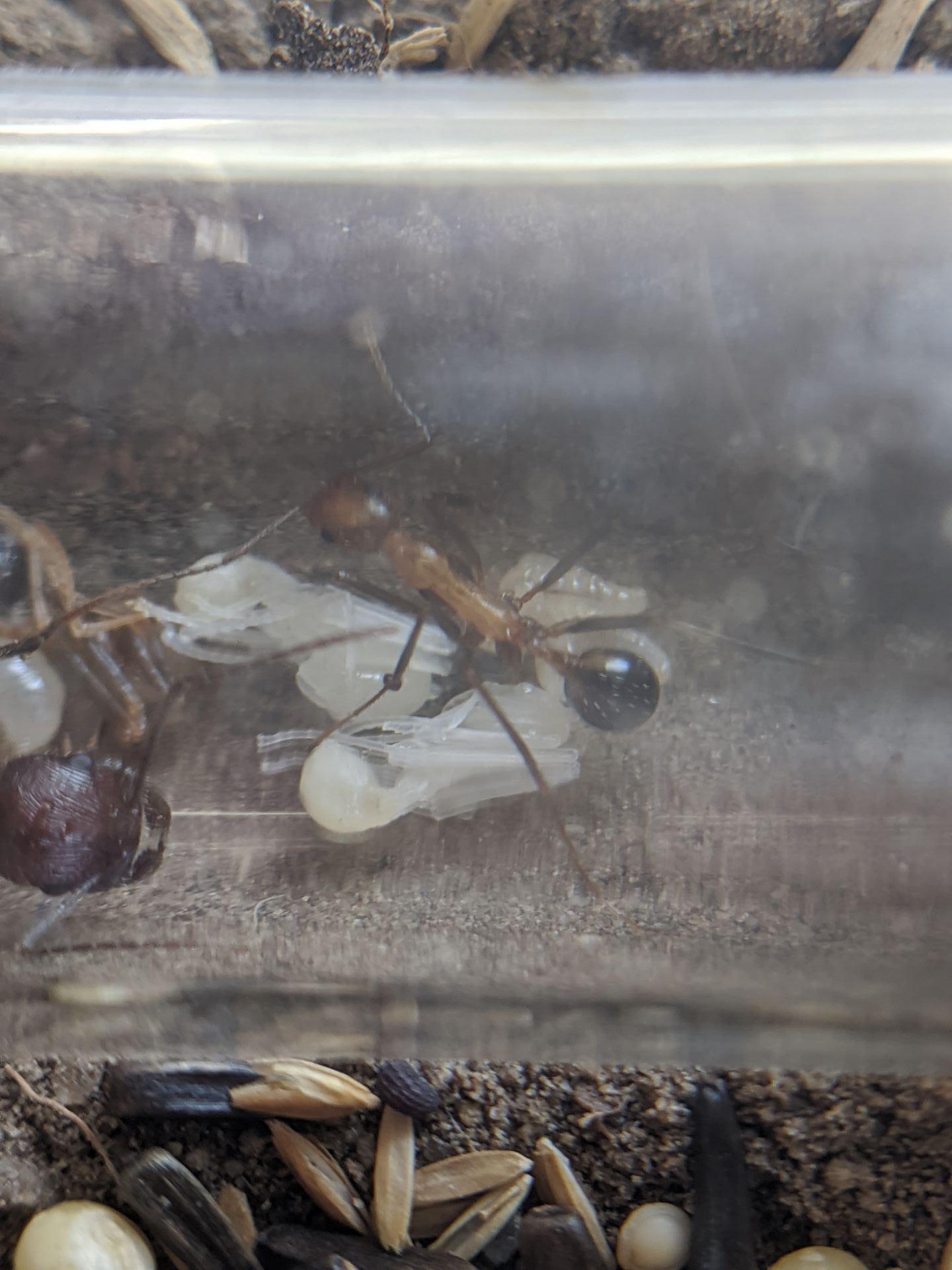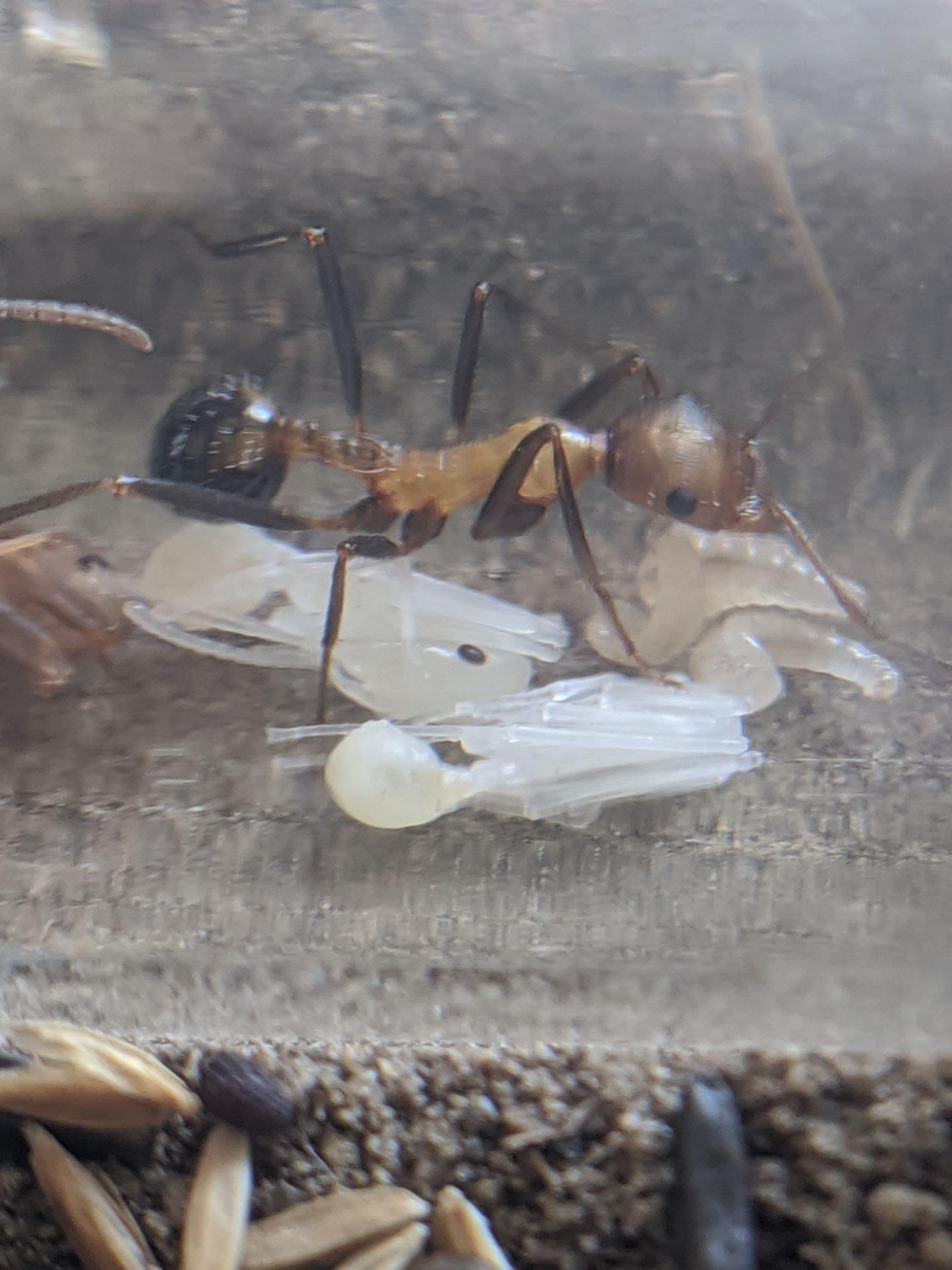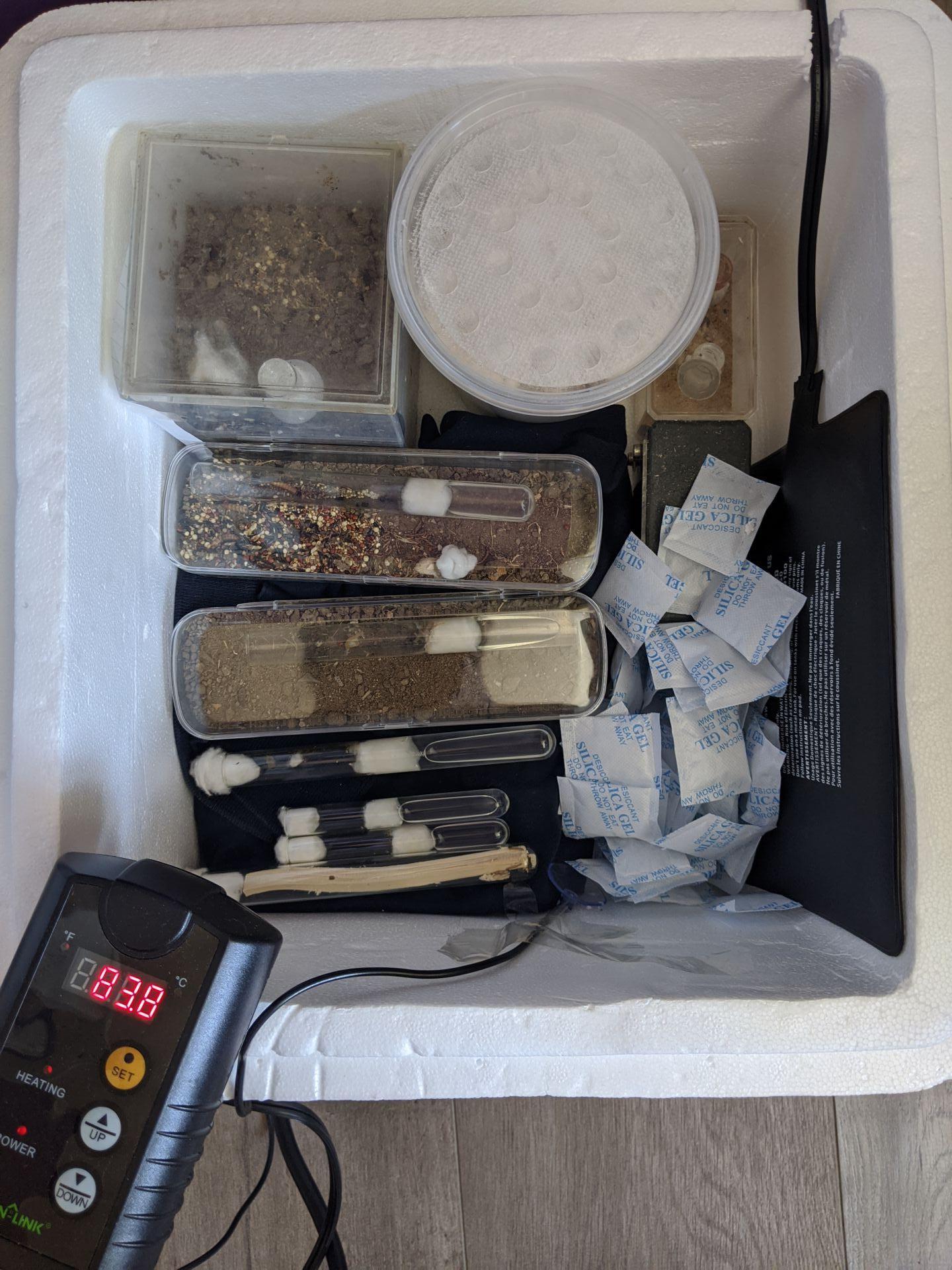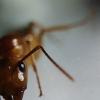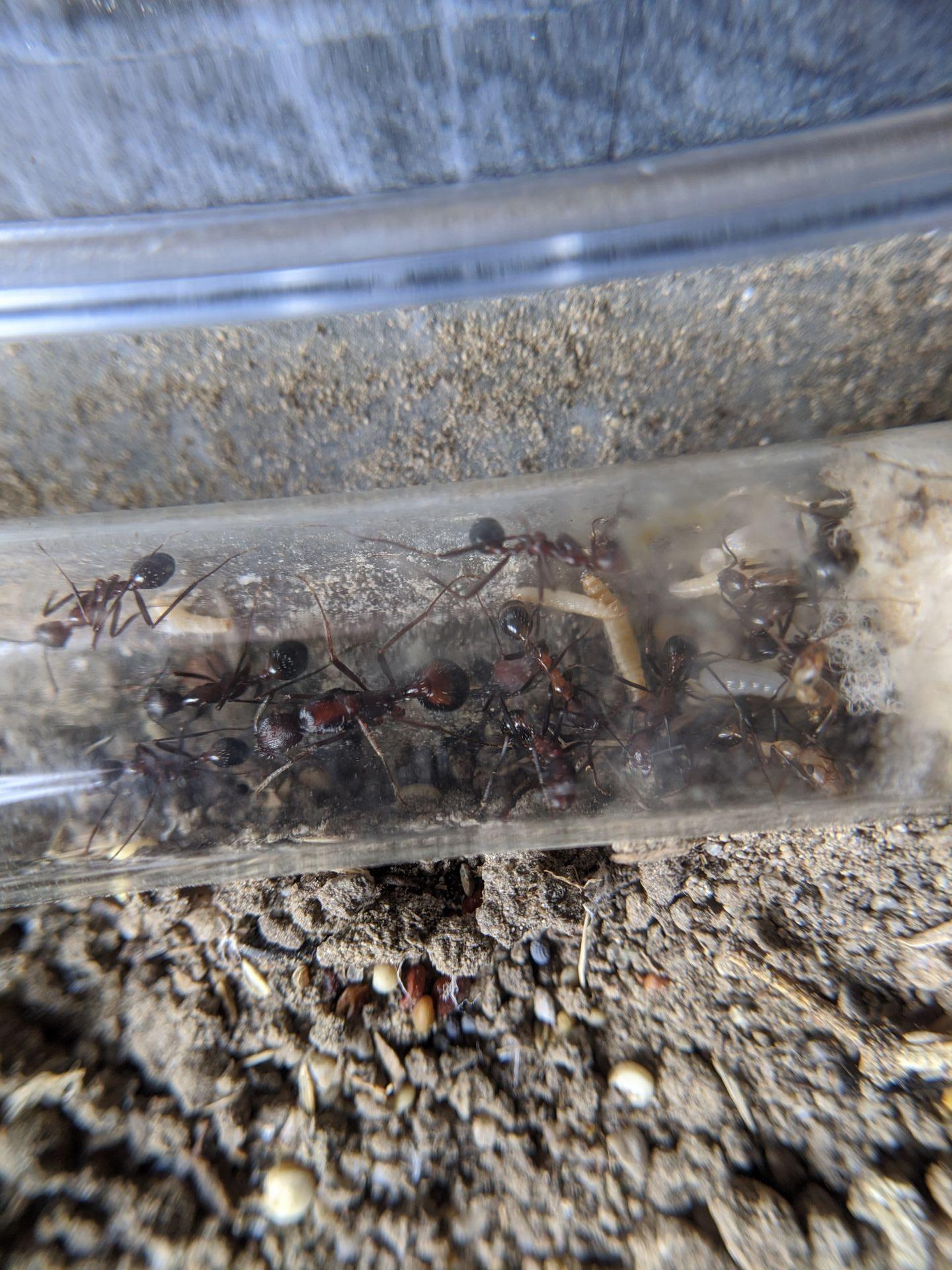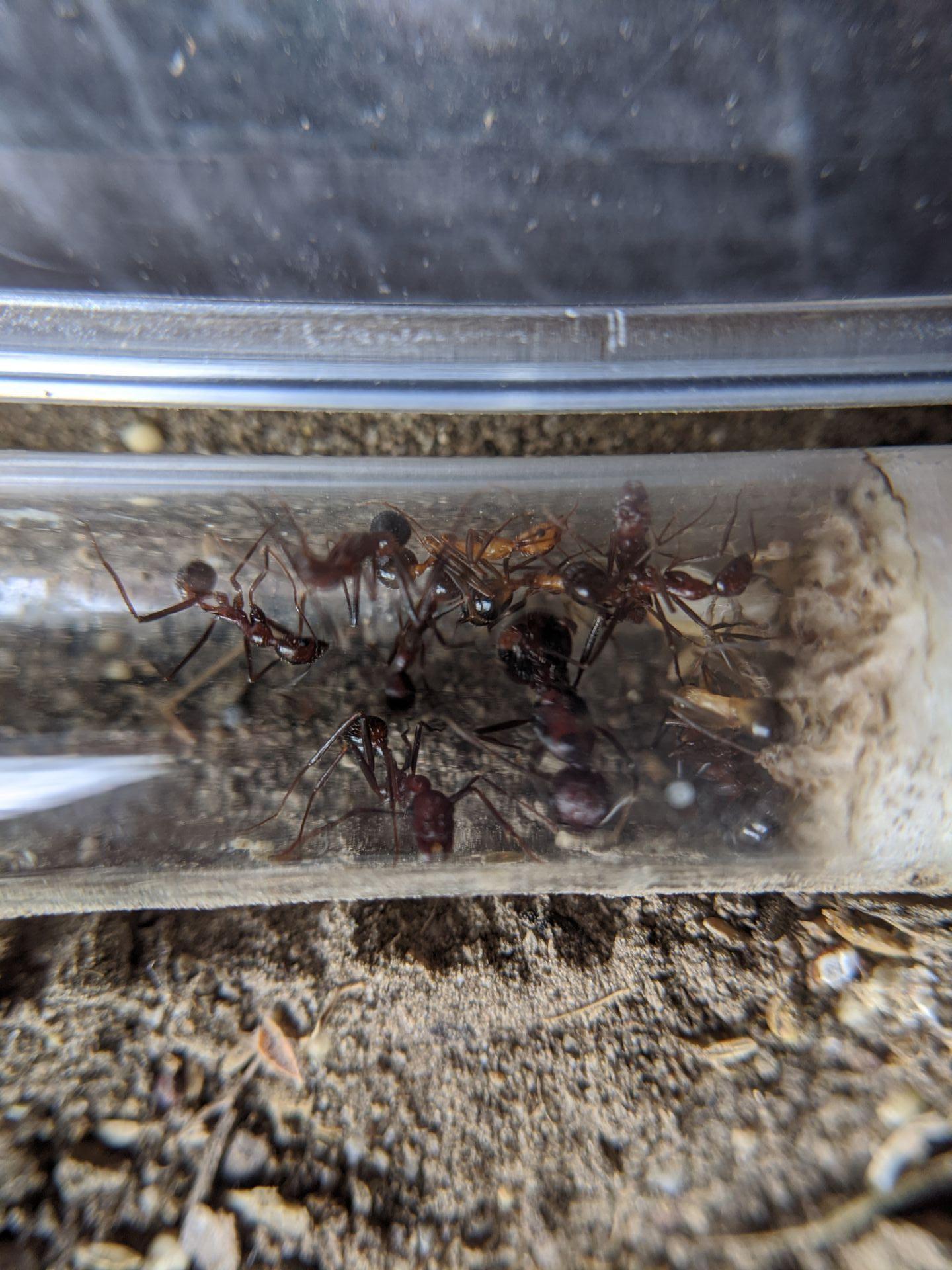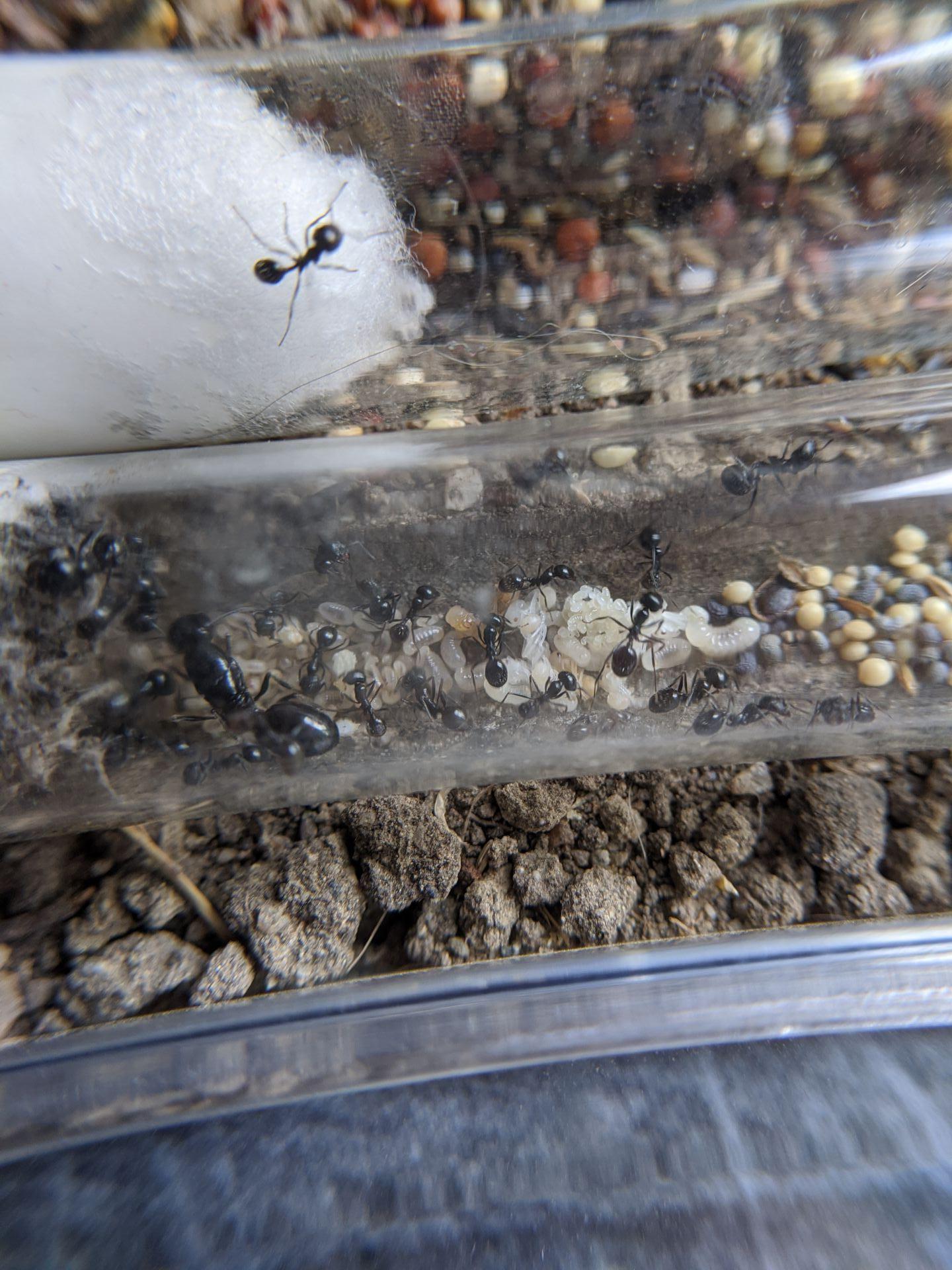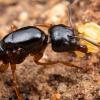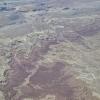9/11/2020:
In the past few weeks, I bought an 8 worker colony of Veromessor pergandei from Theantguy14 and 4 Novomessor cockerelli dealates from dspdrew. As both have been thriving since, I've decided to start a journal on them. This is my first journal so I apologize in advance for the mistakes that I'm sure to make, especially in macrophotography which I hope to improve in as I go. Currently I have two macro phone lenses, with 10X and 60X magnification. Most photos will be in 10X because I've found that my 60X needs to be very close to its subject and in bright light to photograph properly, and is much higher magnification than what photographing my medium-large ants requires.
Veromessor pergandei
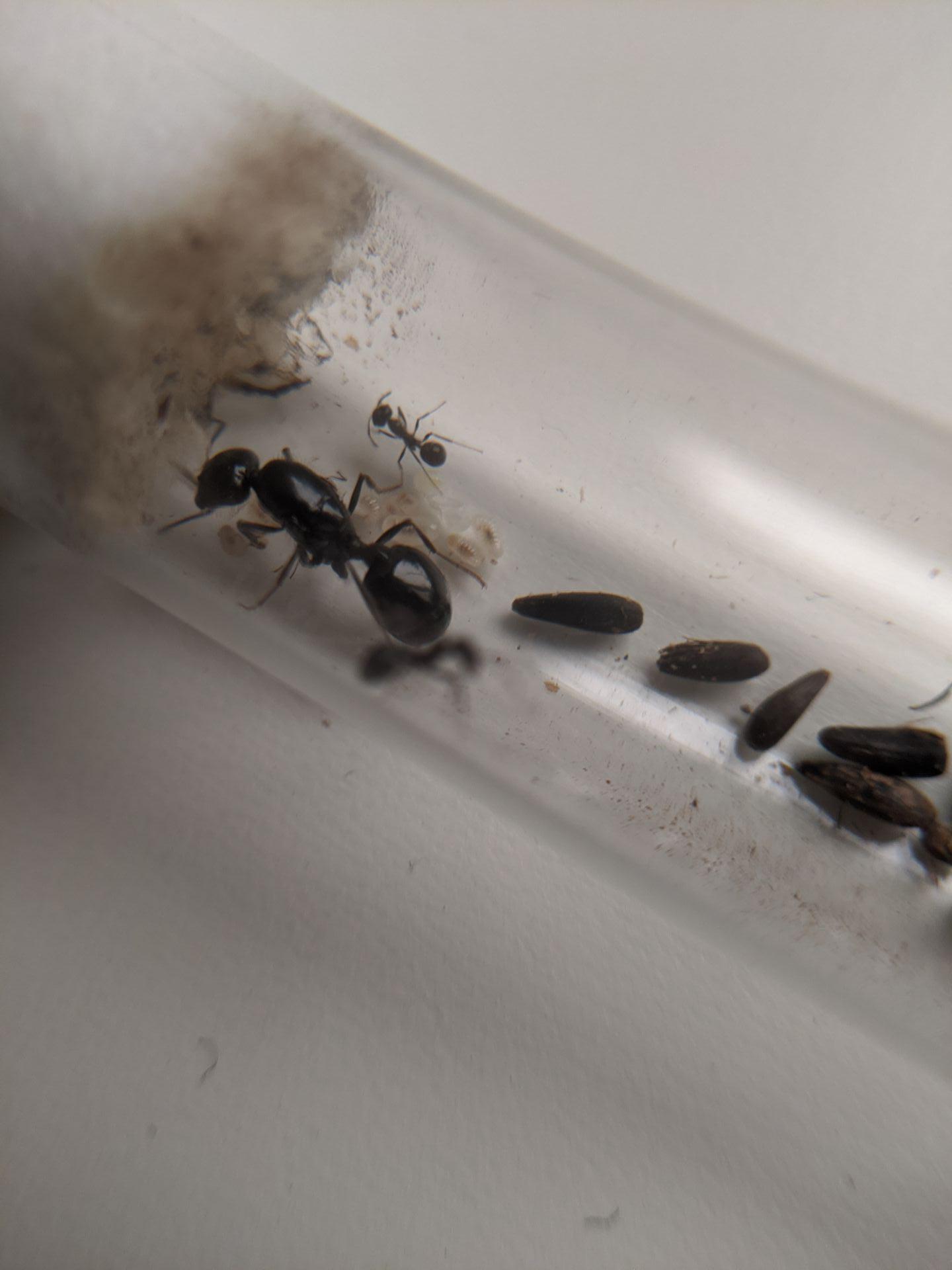
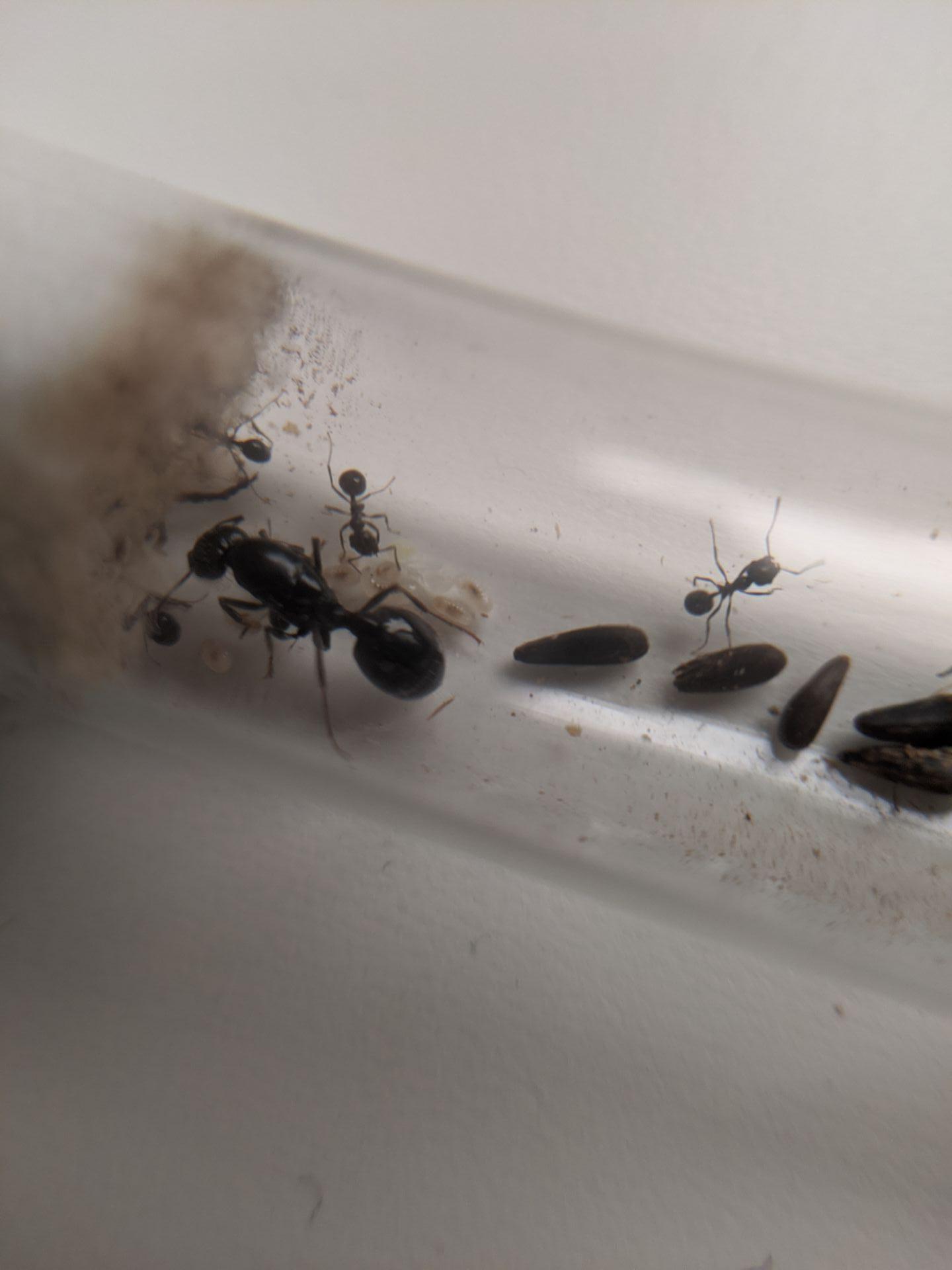
I got this colony a few weeks ago at eight workers, but after two deaths and three eclosures they have reached nine. Despite lacking an outworld they are still far more active than my two Campononotus colonies, always strolling around their tube or at least waving their antennae. Even the queen is active and I sometimes see her putting her strong jaws to work opening seeds to feed her brood, something her workers are not capable of. So far, on top of the seeds already in their tube, I've fed them dried bloodworms and half a cricket. I have only seen them show interest in the seeds and the cricket's legs, which isn't surprising because their wild diet consists of 85-90% seeds. I have high hopes for this colony's growth in the future based on what I've read in other journals, and they already have a new pupa as well as 7 larvae. I recently got a heating cable but haven't yet set up a hot box yet, so most of my colonies including all my harvesters are temporarily being kept in a closet that has been getting comfortably hot due to the heat wave, which I figure is better than room temperature.
Novomessor cockerelli
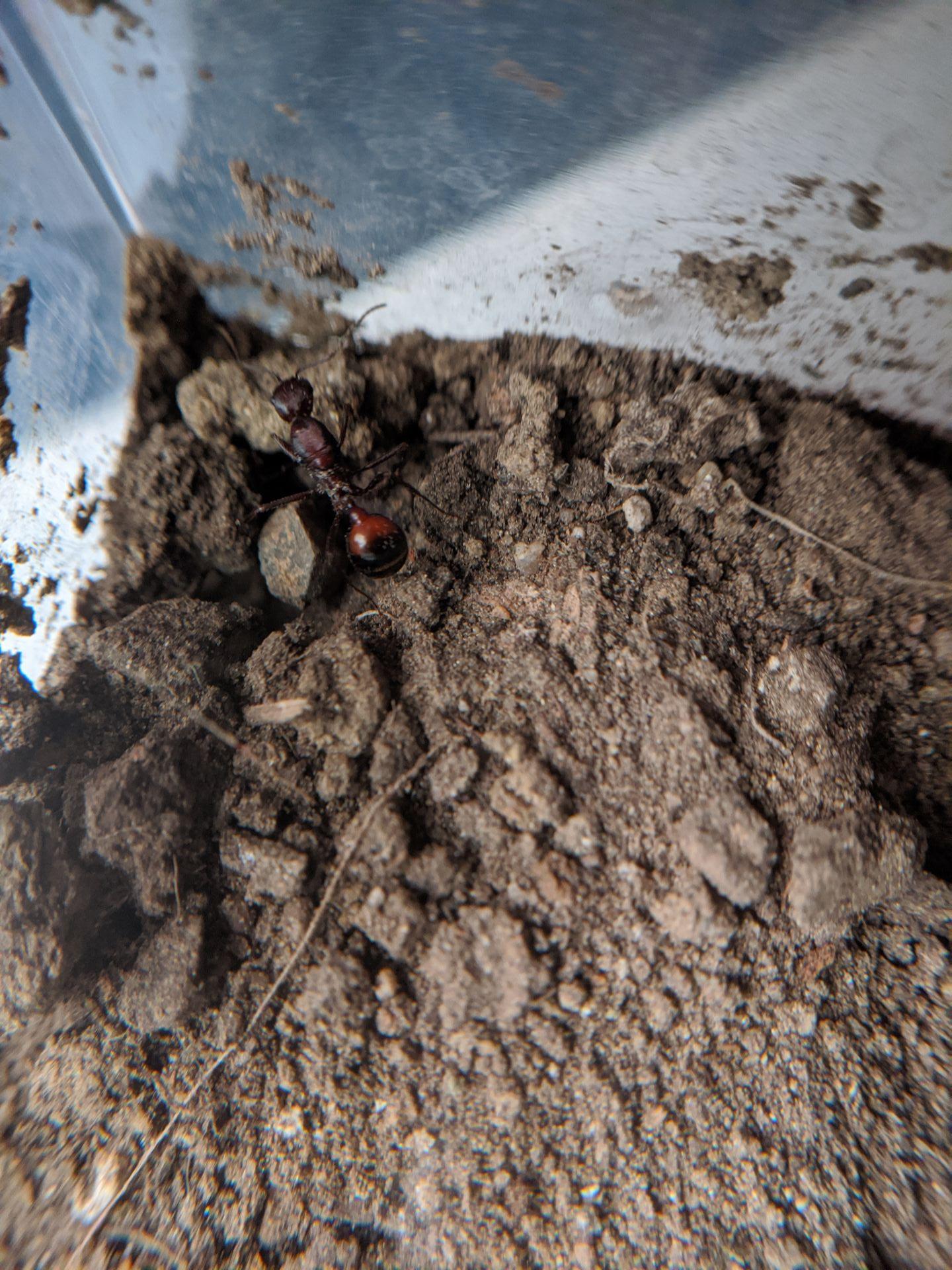
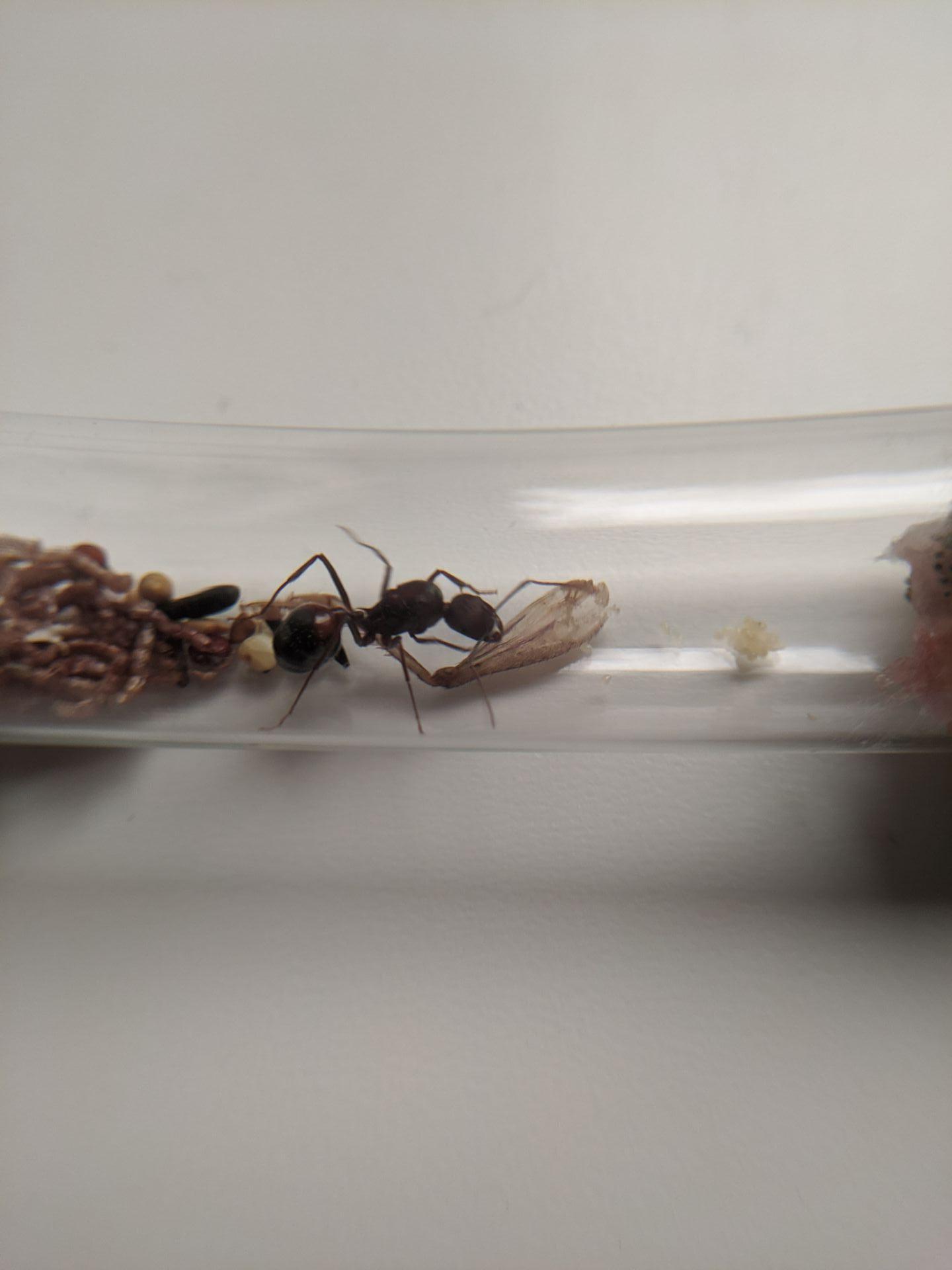
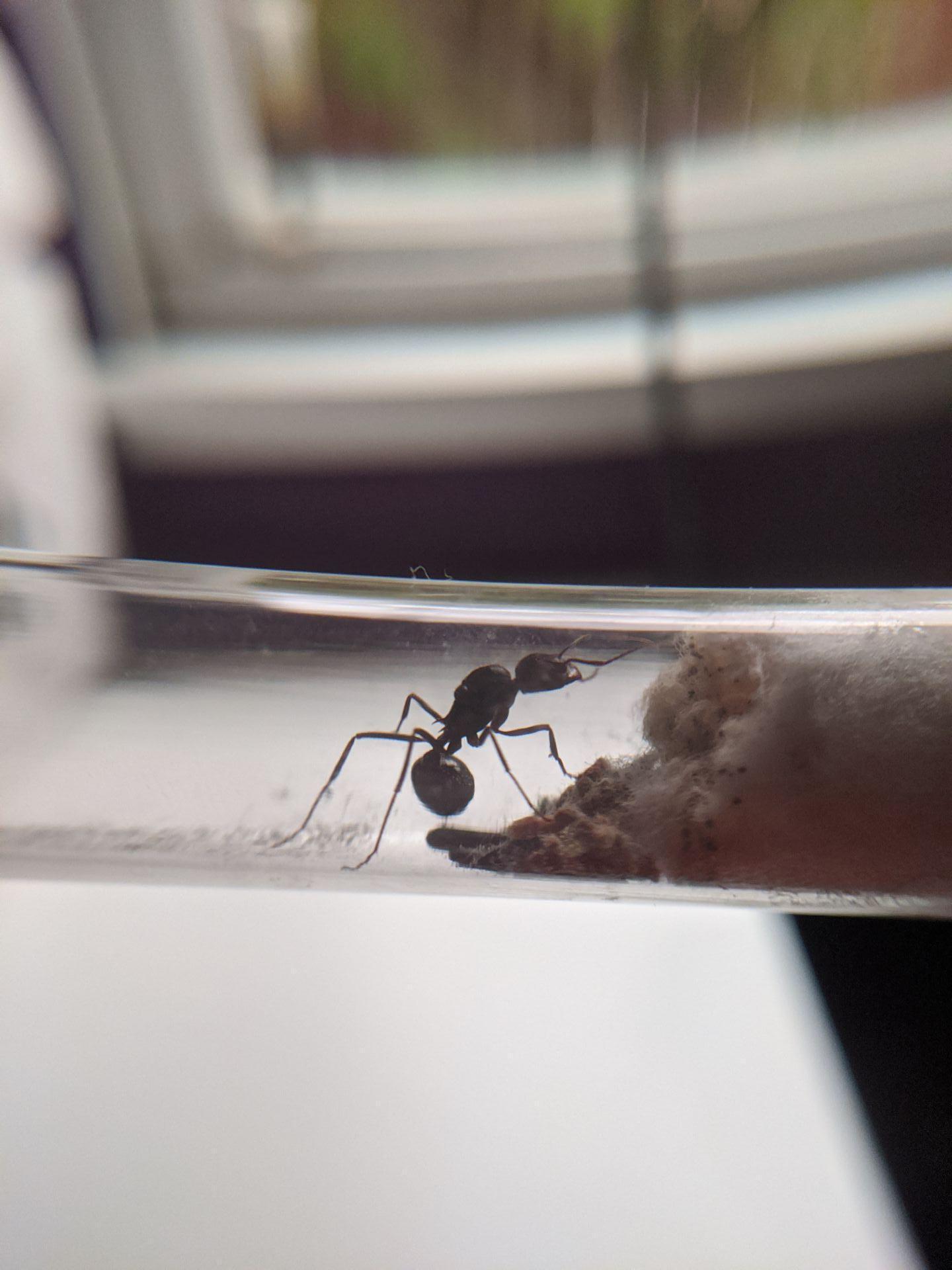
I received four dealate queens of this species from drew about a week ago. They are huge compared to my Veromessors and much faster. I love their spiky look and shiny reddish-black coloration. I transferred three of them into test tube setups and one into a naturalistic setup with some premade tunnels poked into the ground near the edges with a pencil. All of them were given drew's seed mix and dried bloodworms, and two also received cricket legs. I then bundled them all up with clothes and left them in my aforementioned warm closet. A week later, the queen in the naturalistic setup (image 1) has stored all the seeds and bloodworms I gave her belowground, and seems to alternate between living in the holes I dug and the surface. I have seen her carrying around a small bunch of eggs so she is doing well. I would love to observe ants in a more natural setting, so I hope her colony succeeds. I have noticed that she is easily disturbed when I check on her and will come above ground and run around when her box is vibrated, so I plan to check on her less than my other queens who seem much less stressed by checkups. My second queen (image 2) is doing the best out of all my queens. She has the largest egg ball and seems to show a lot of care towards her brood. She also appears to have eaten from the cricket leg I gave her, which could have contributed to her egg production. Whatever the case, I have very high hopes for her. My third queen (no image) is unremarkable. She has a smaller egg ball than my second, although if she can raise even half of them to workers she will be off to a great start. Finally, my fourth queen (image 3) seems to be a dud. She has no eggs to speak of and easily agitated. She has also decided to pile up the seeds and bloodworms I gave her against her wet cotton, creating a pile of mold. The bottom of her tube is covered with some kind of dried fungus. I'm not sure if she is mated, but even if she is she doesn't seem to have the competence required to keep herself or any brood alive. I'll move her into a natural setup to see if she fares better in a more familiar environment, but I don't have high hopes for her survival.
Bonus Pictures / Wild Ants
To practice macrophotography and discover the (limited) ant diversity of my neighborhood, I have been finding and taking pictures of wild ant colonies. I don't expect to find much so I'll be publishing it to the end of my harvester journal.
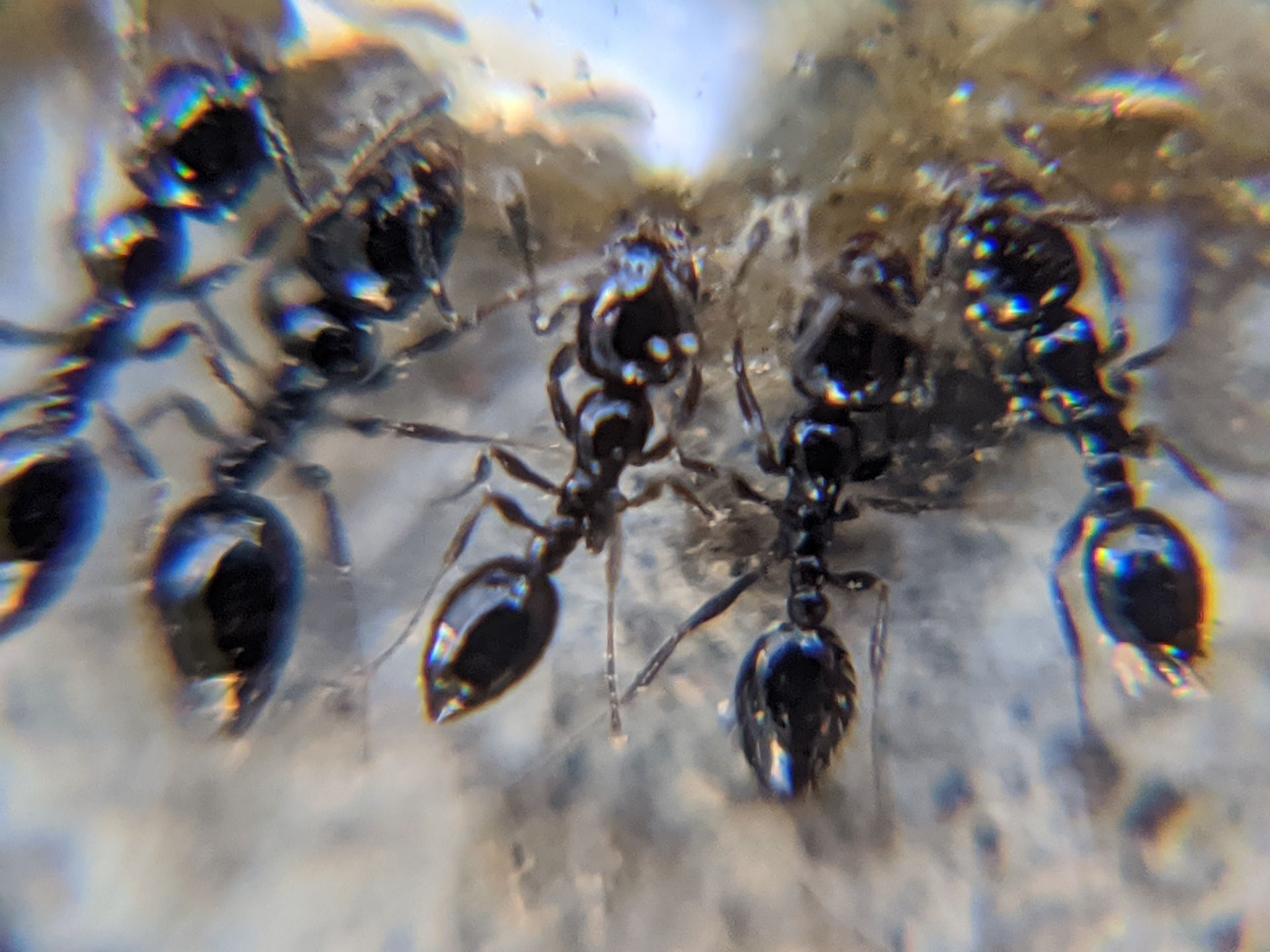
Monomorium ergatogyna are common where I live, although their small size and slow movement makes them hard to spot. A California native, their polygynous colonies survive using small size and chemical sprays to avoid attack by the dominant argentine ants. They are easy to miss while standing and even when you are on your knees looking for them. This picture is from a colony I discovered in my yard after leaving some honey near a lone forager. I had thought she was from a small colony, but when I returned two hours later the pool of honey was surrounded by hundreds of ants. Here are five of them at 60X magnification.
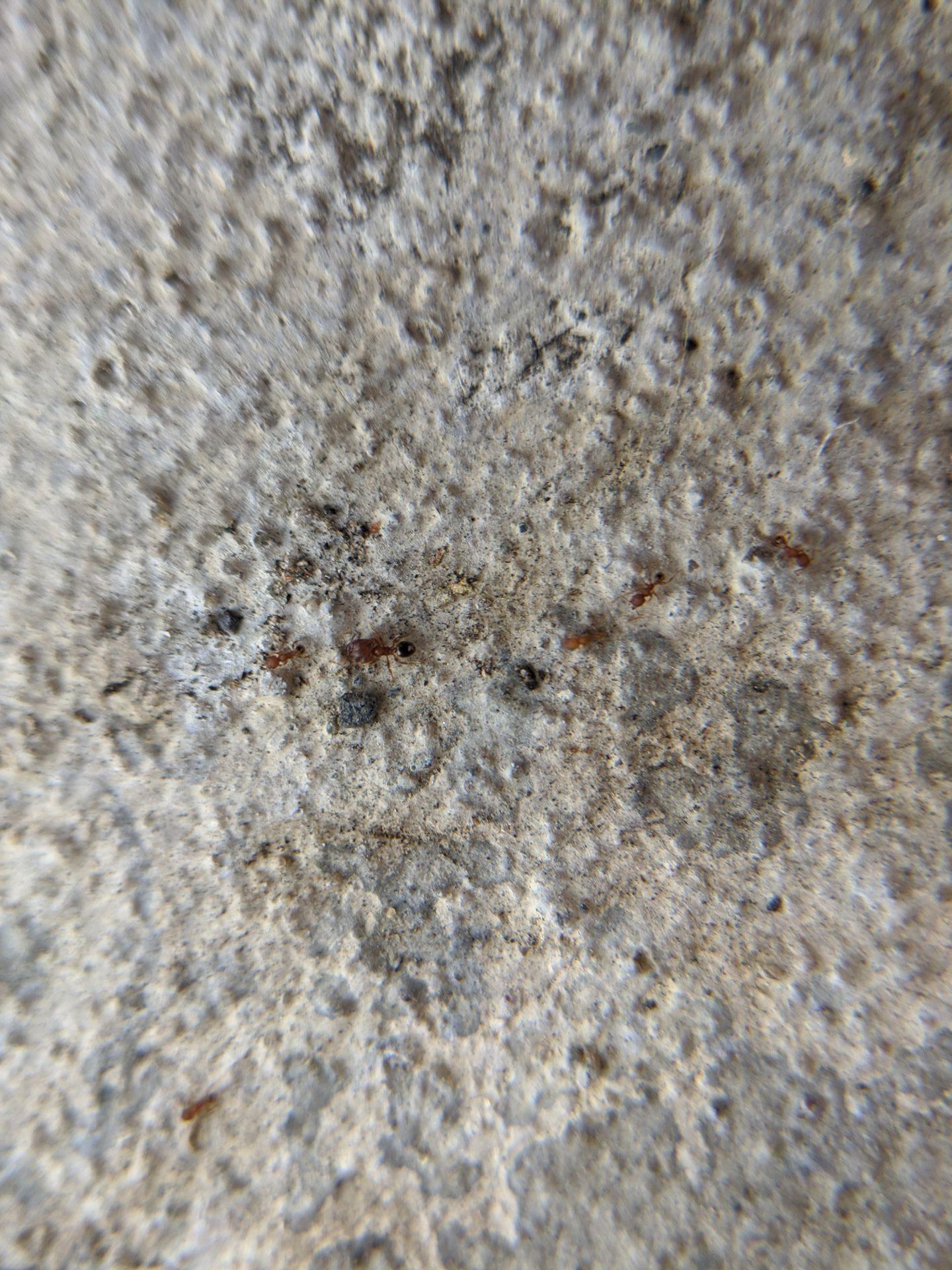
Pheidole navigans are another tiny species, this time invasive. They seem to survive by the same strategy as Monomorium ergatogyna and are similarly hard to spot. I found many colonies nesting in the aboveground roots of a group of large palm trees, alongside Monomorium ergatogyna nesting in the same way. These workers are returning to their nest from a peanut they had been excavating, at 10X magnification.
Edit: fixed images, changed Pheidole moerens to Pheidole navigans, added a header with the date posted.
Edited by TestSubjectOne, December 12 2020 - 3:58 PM.



